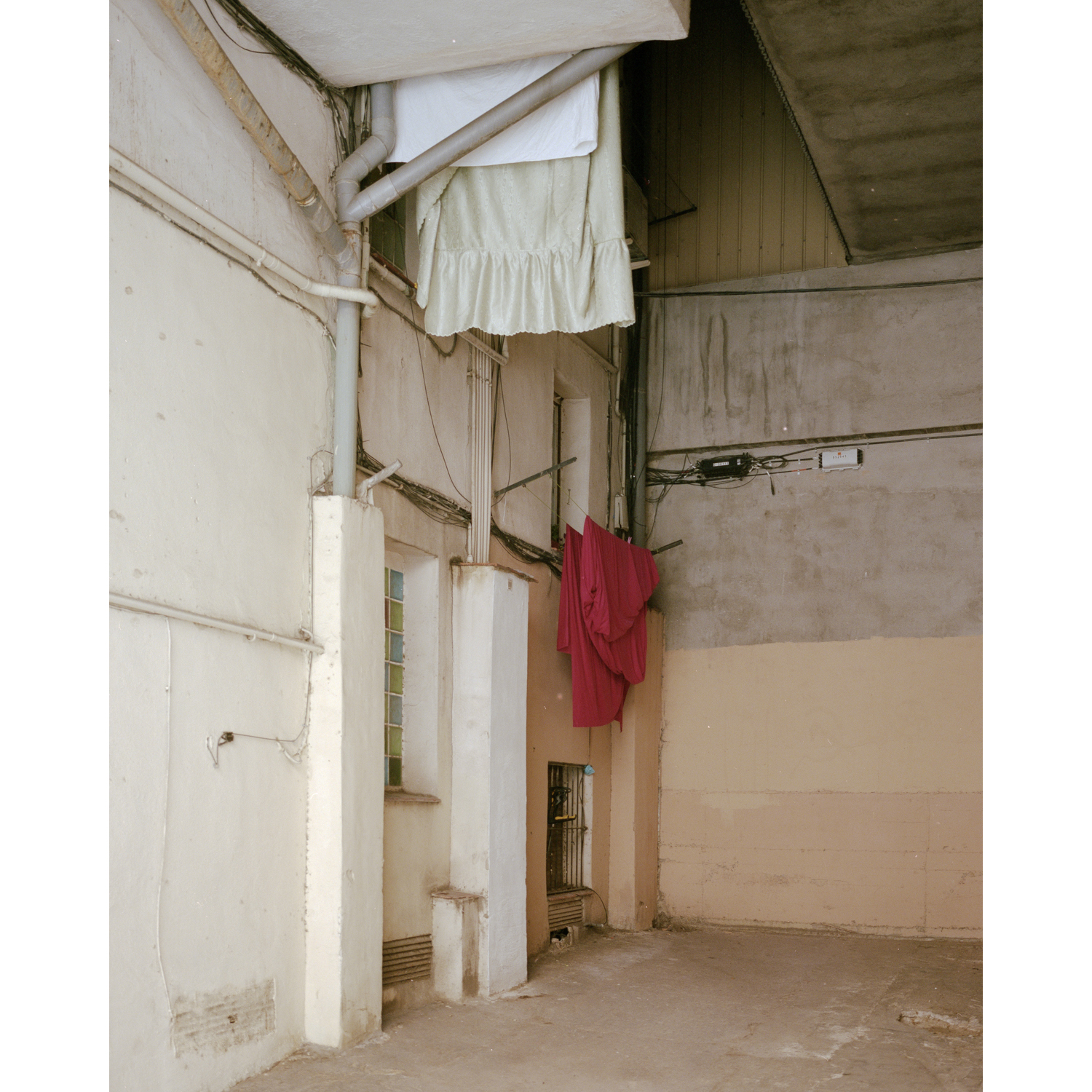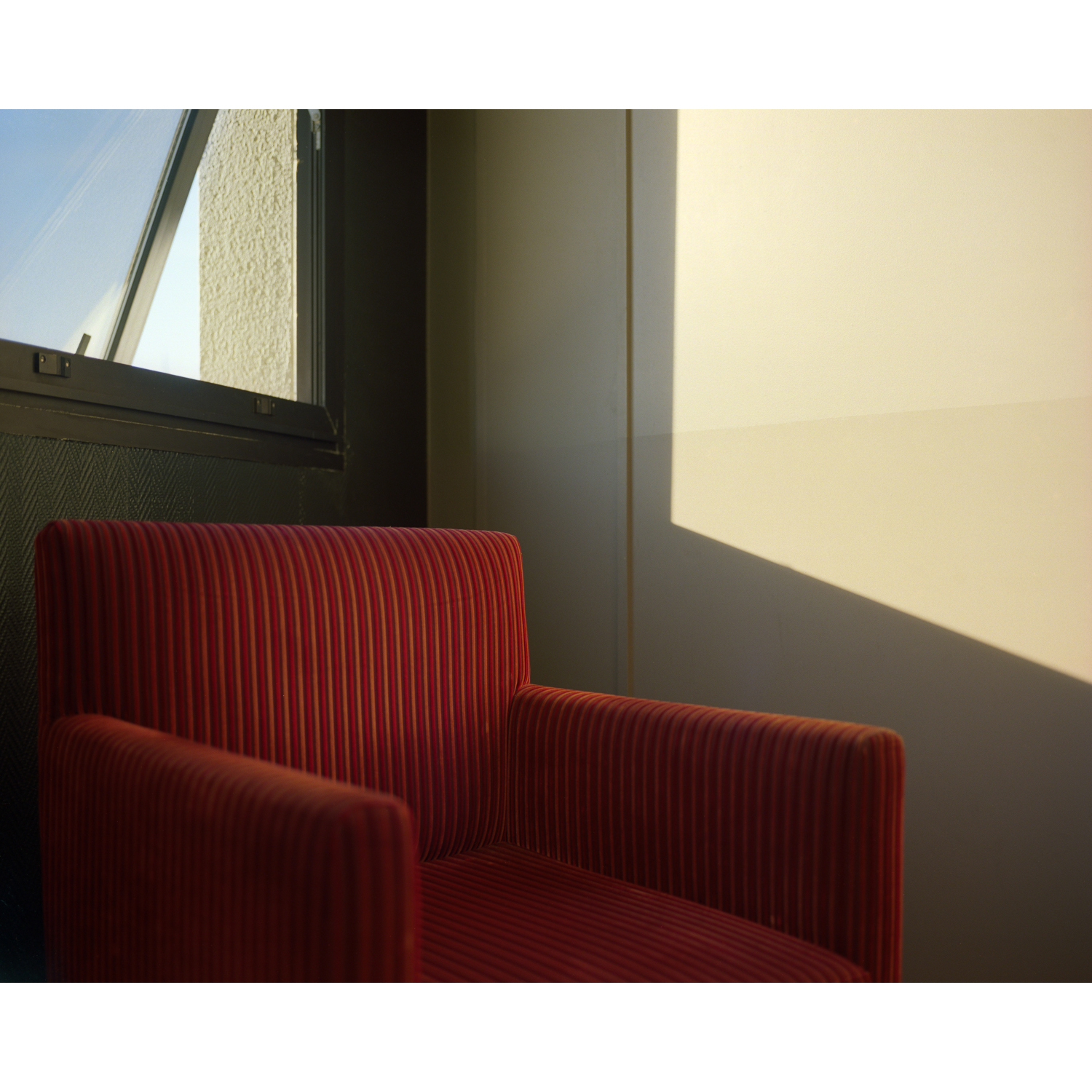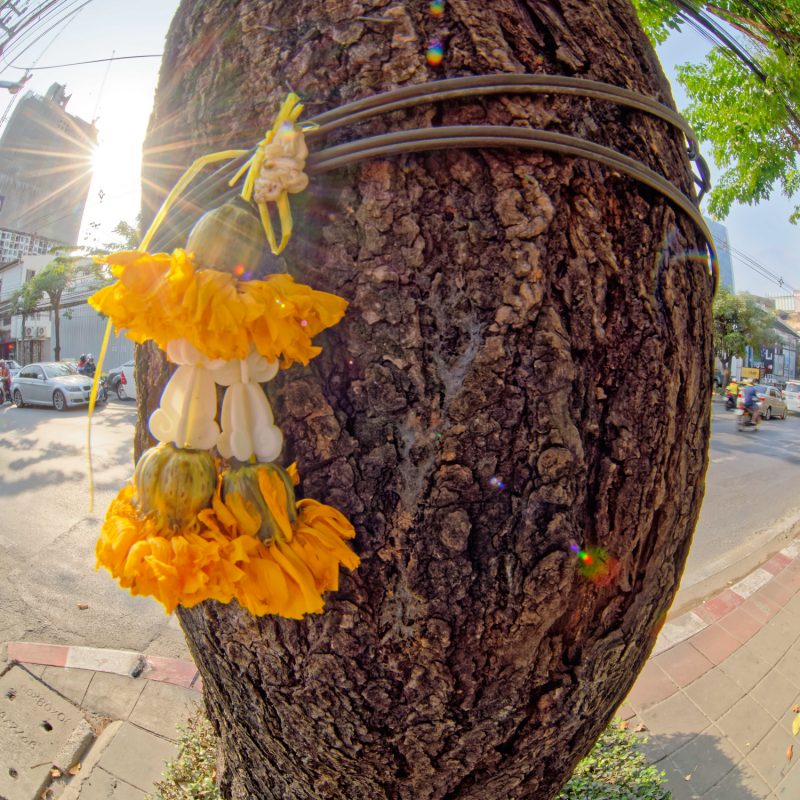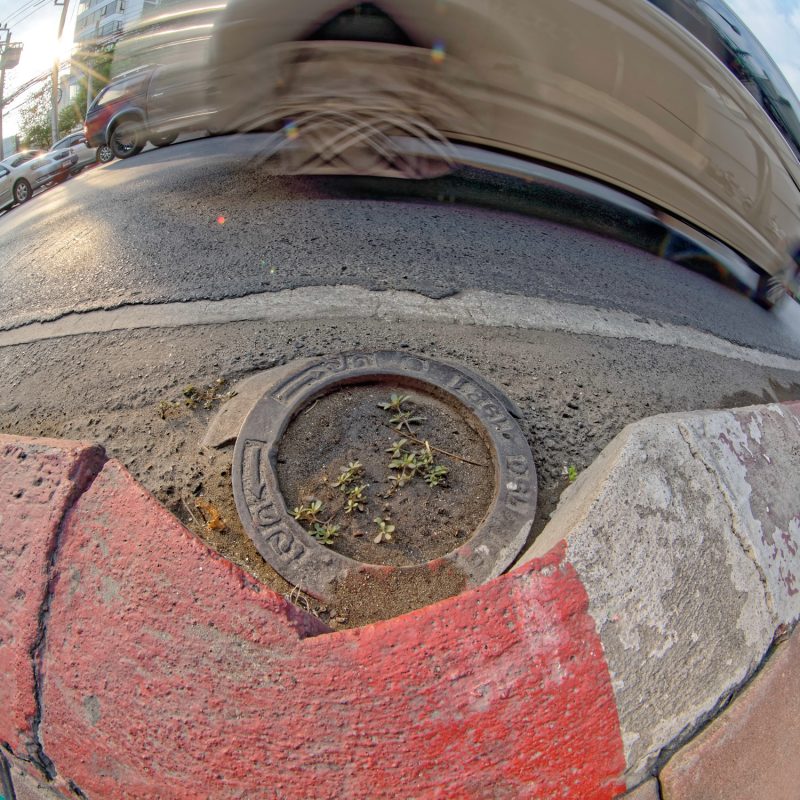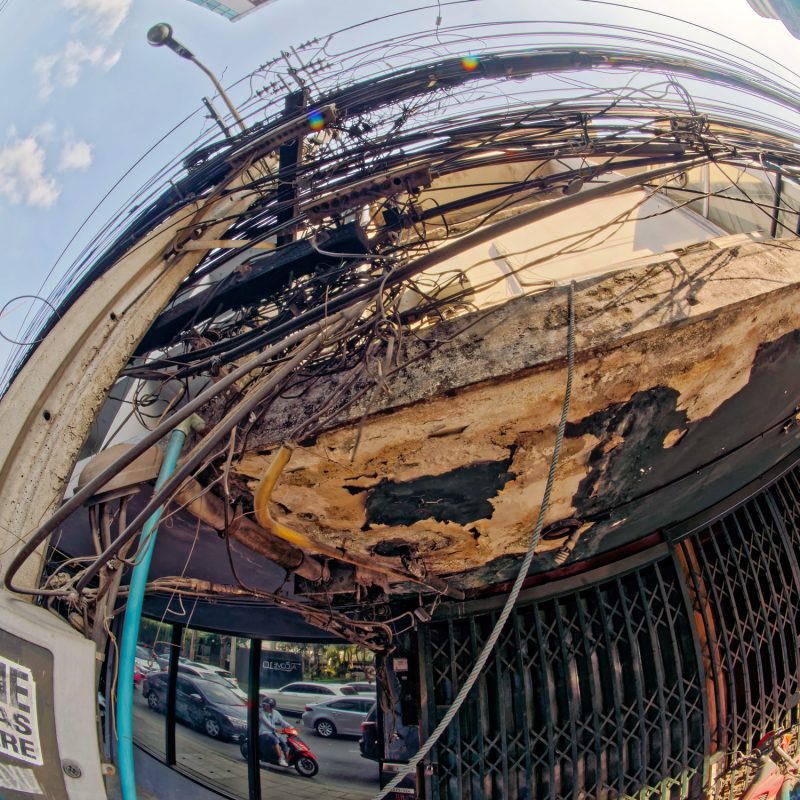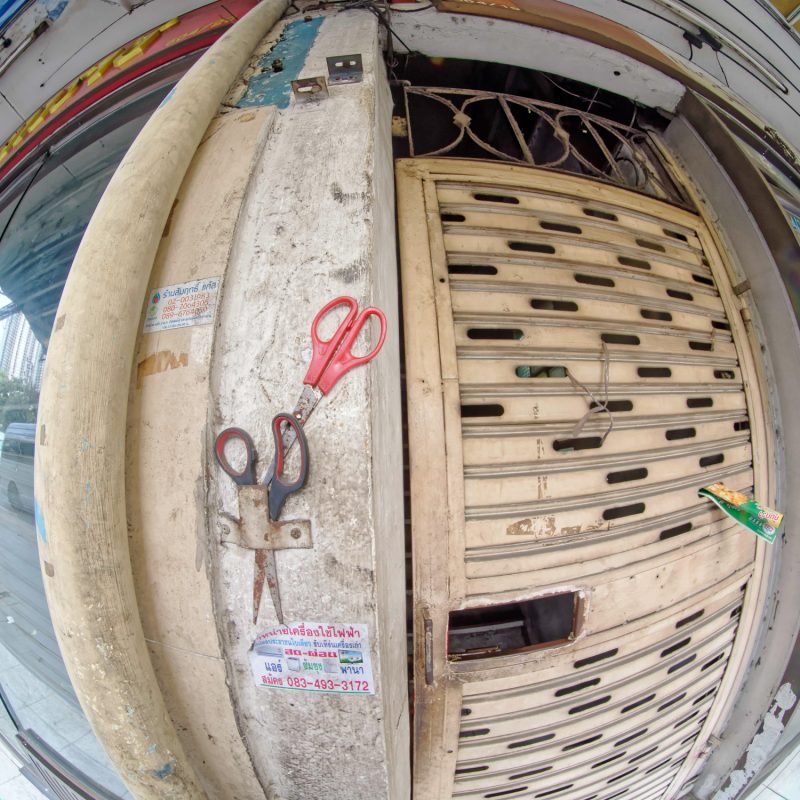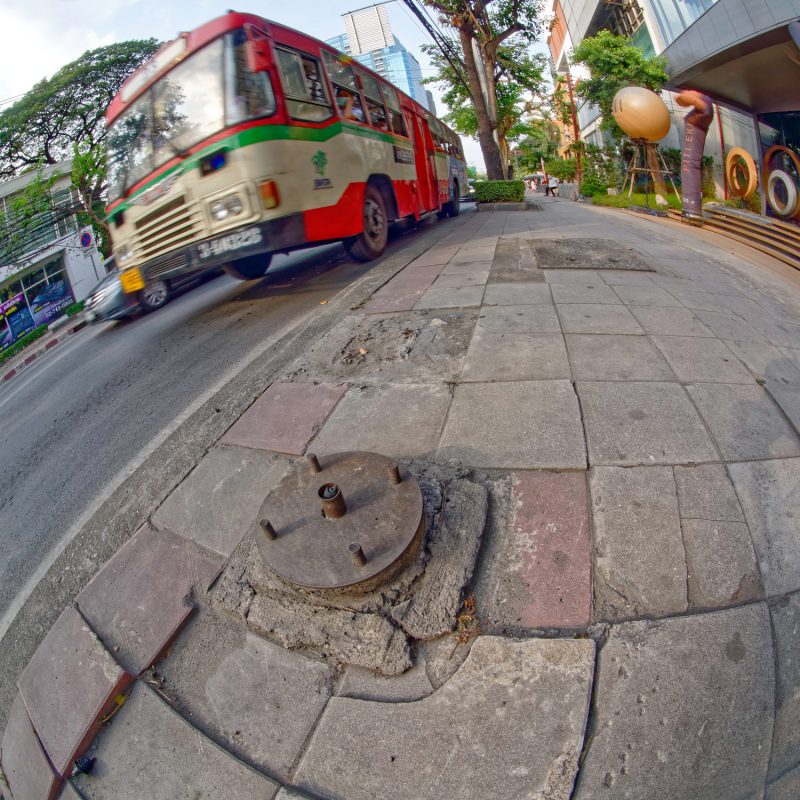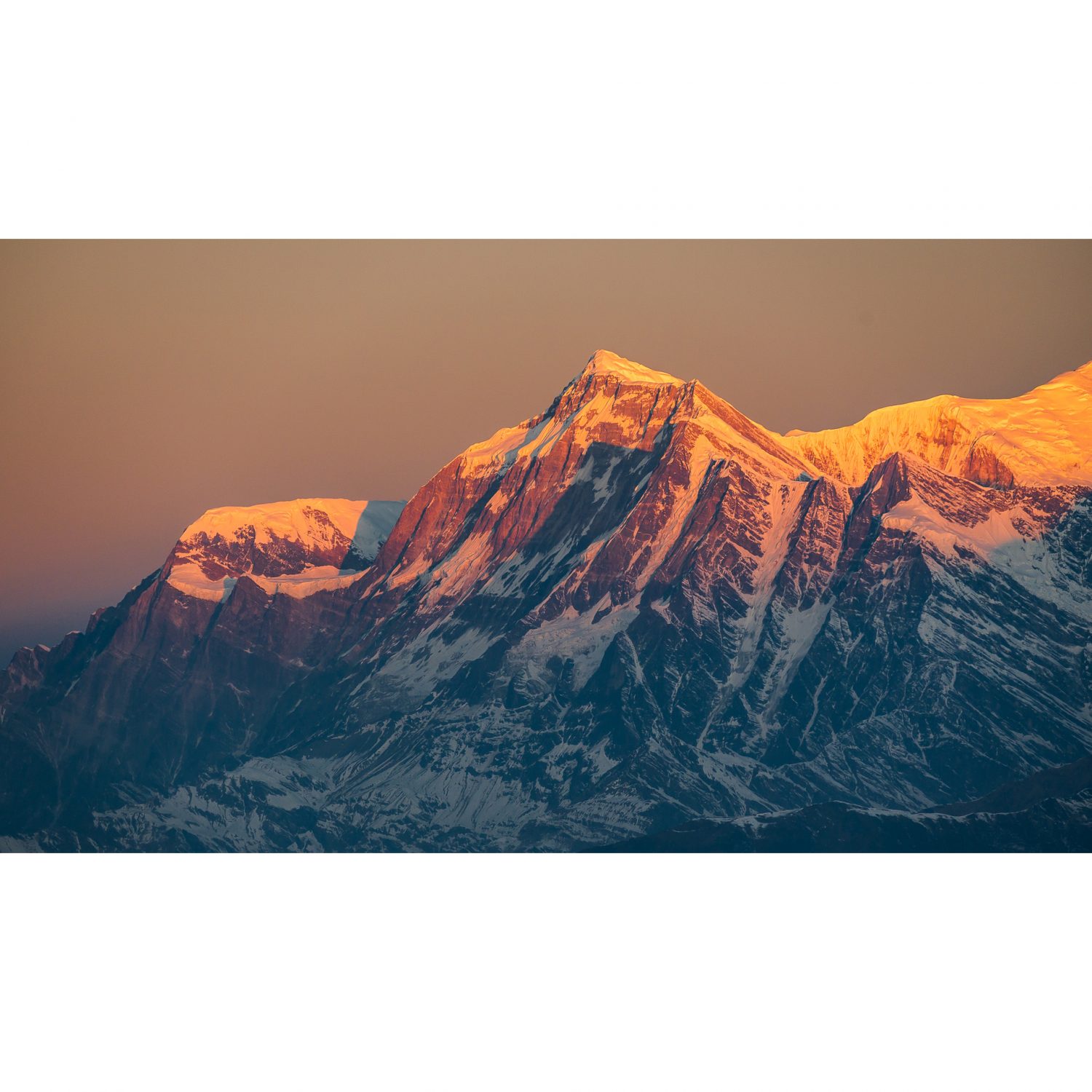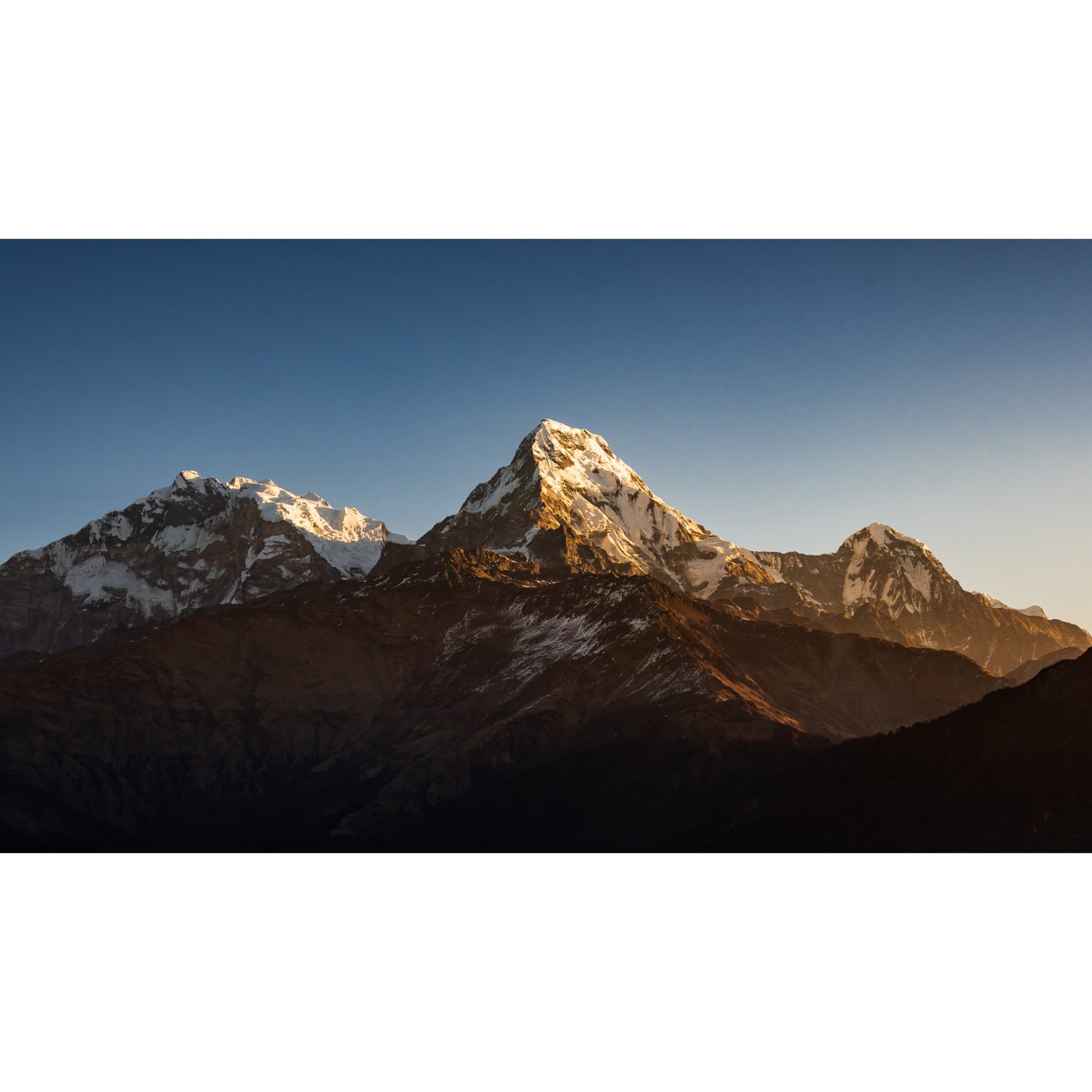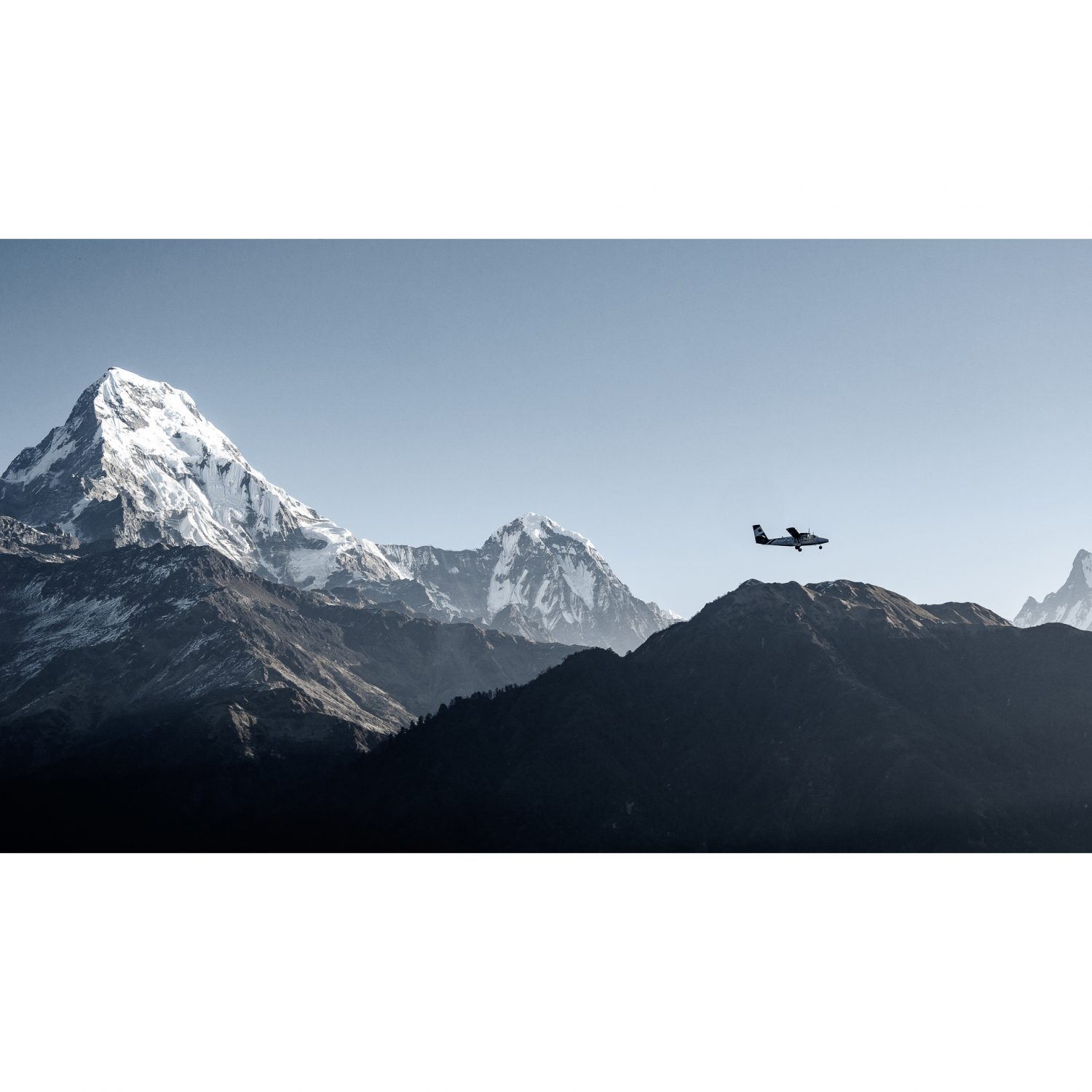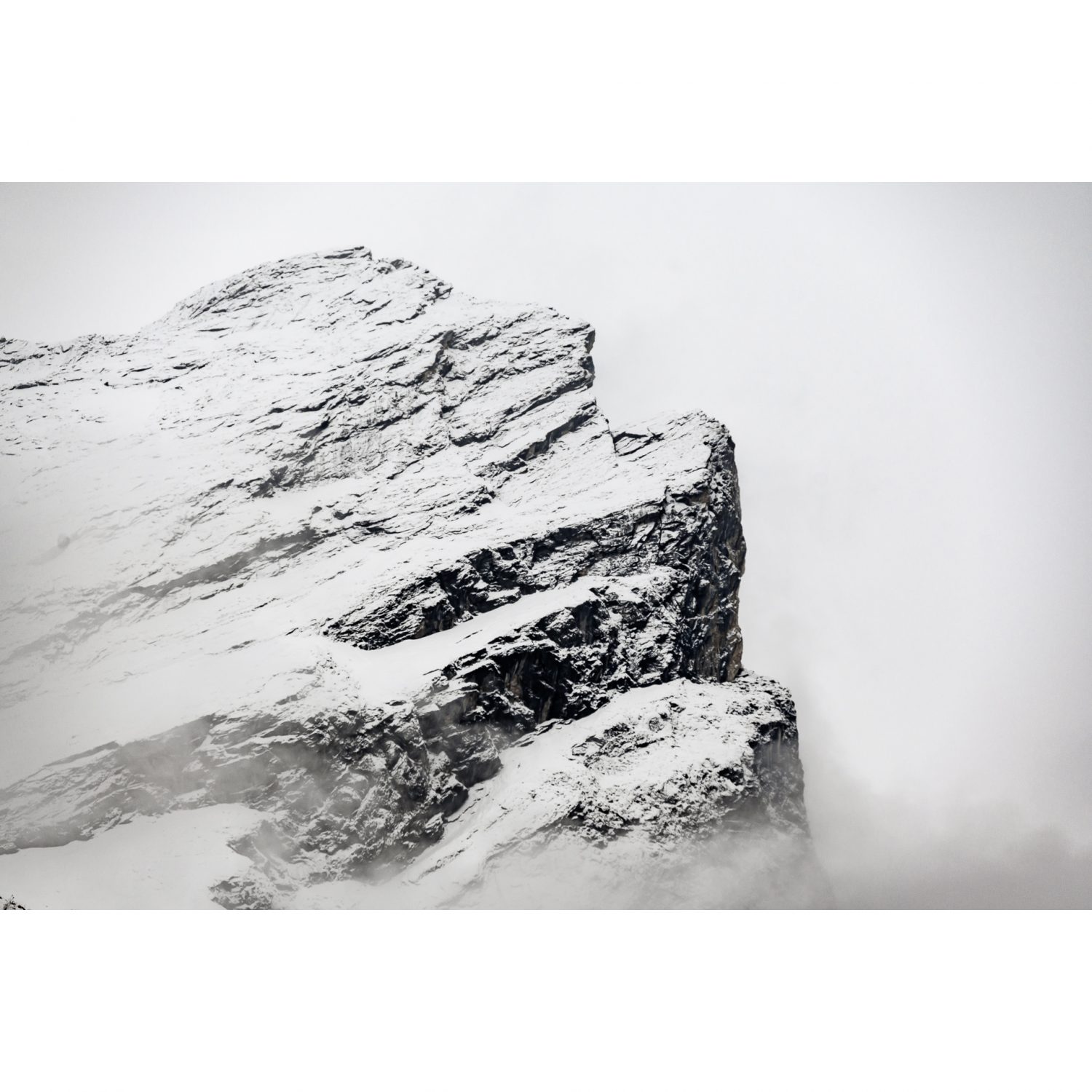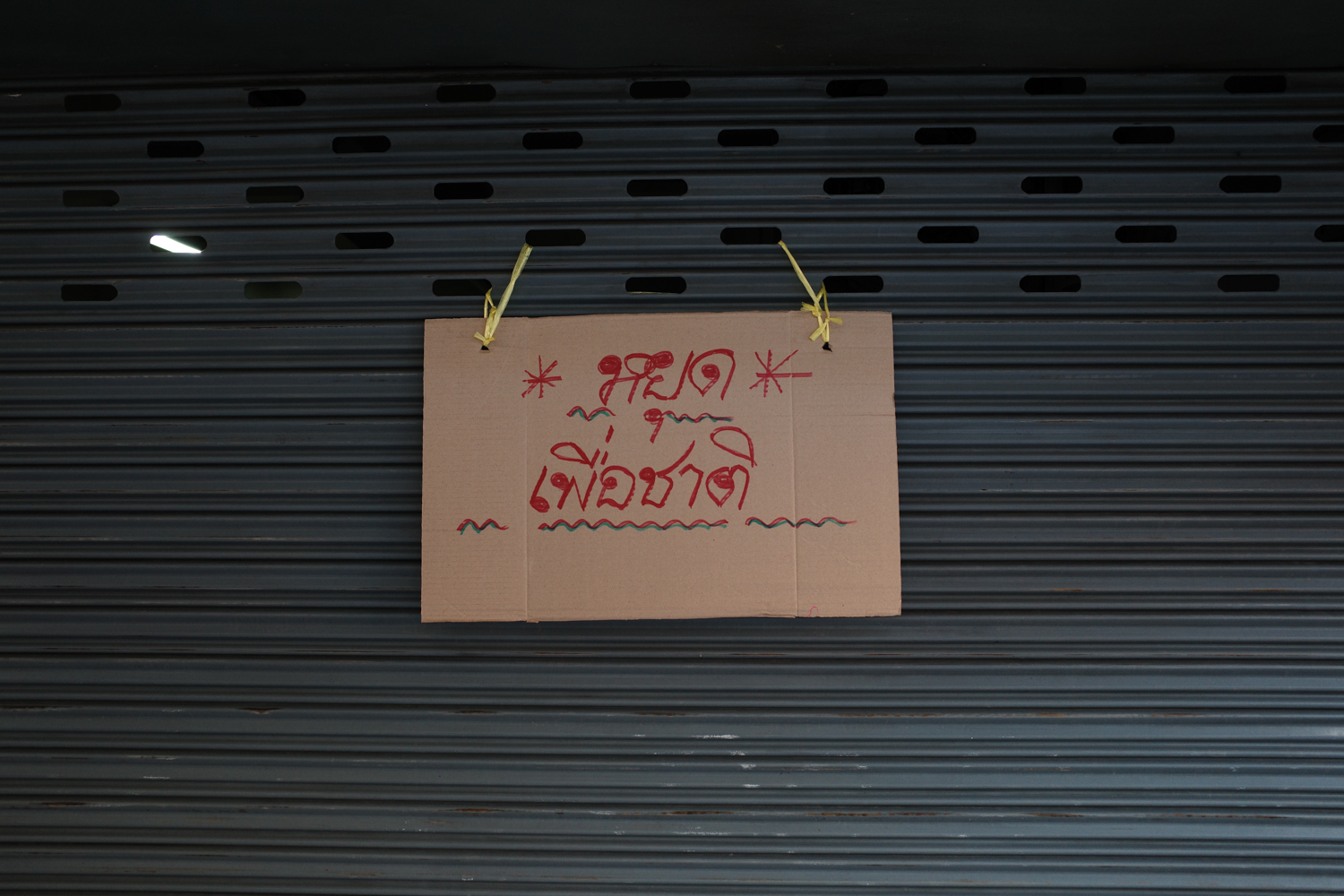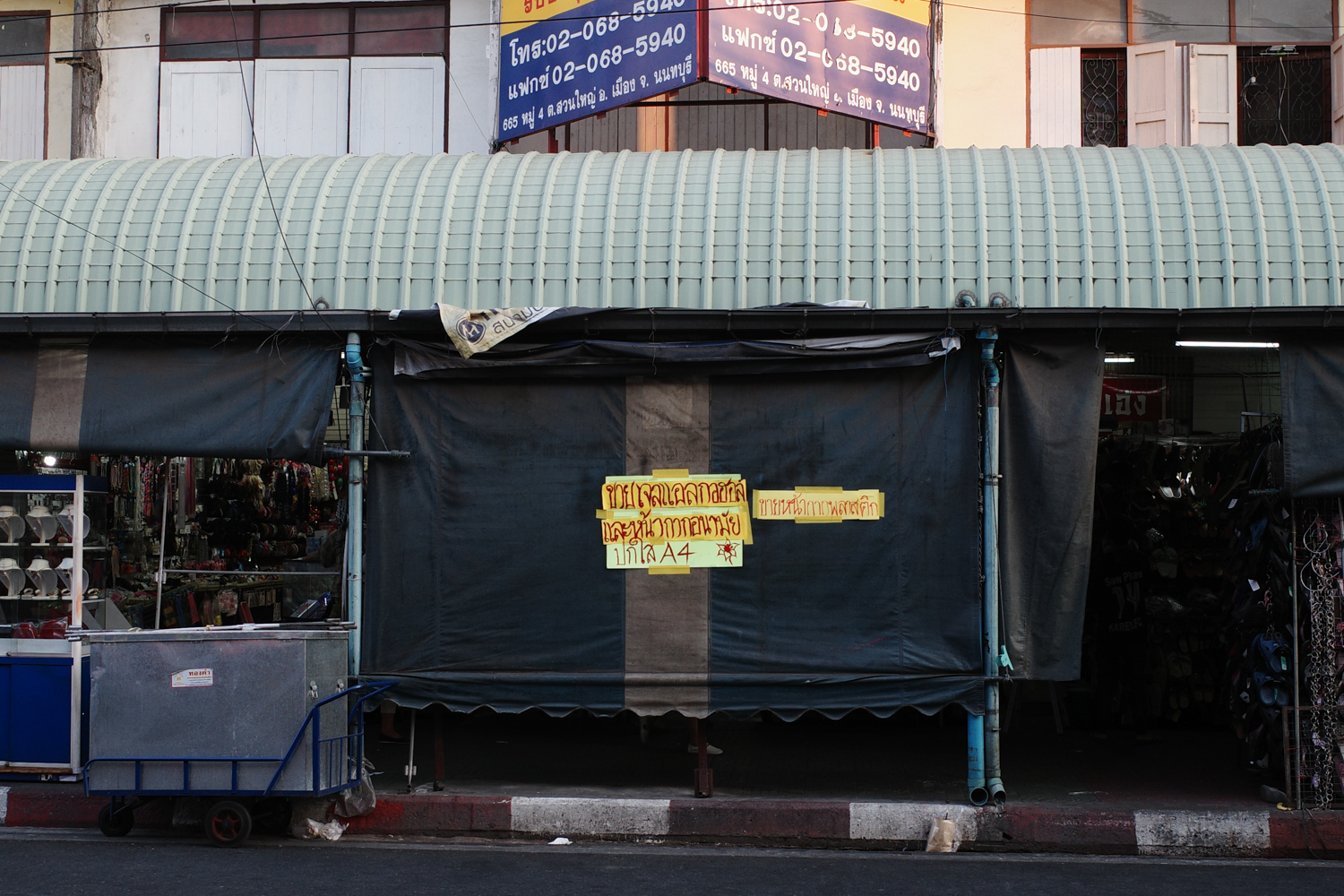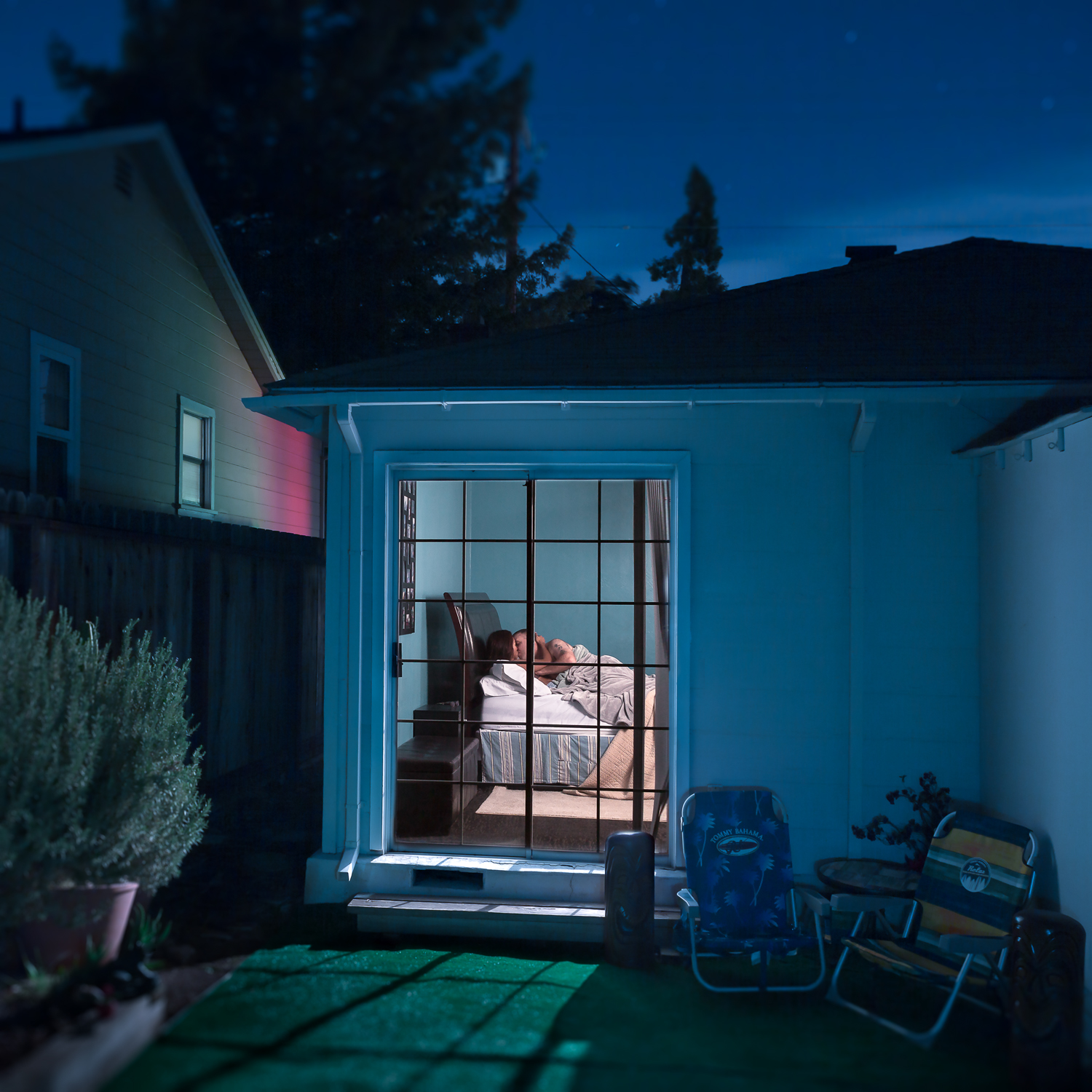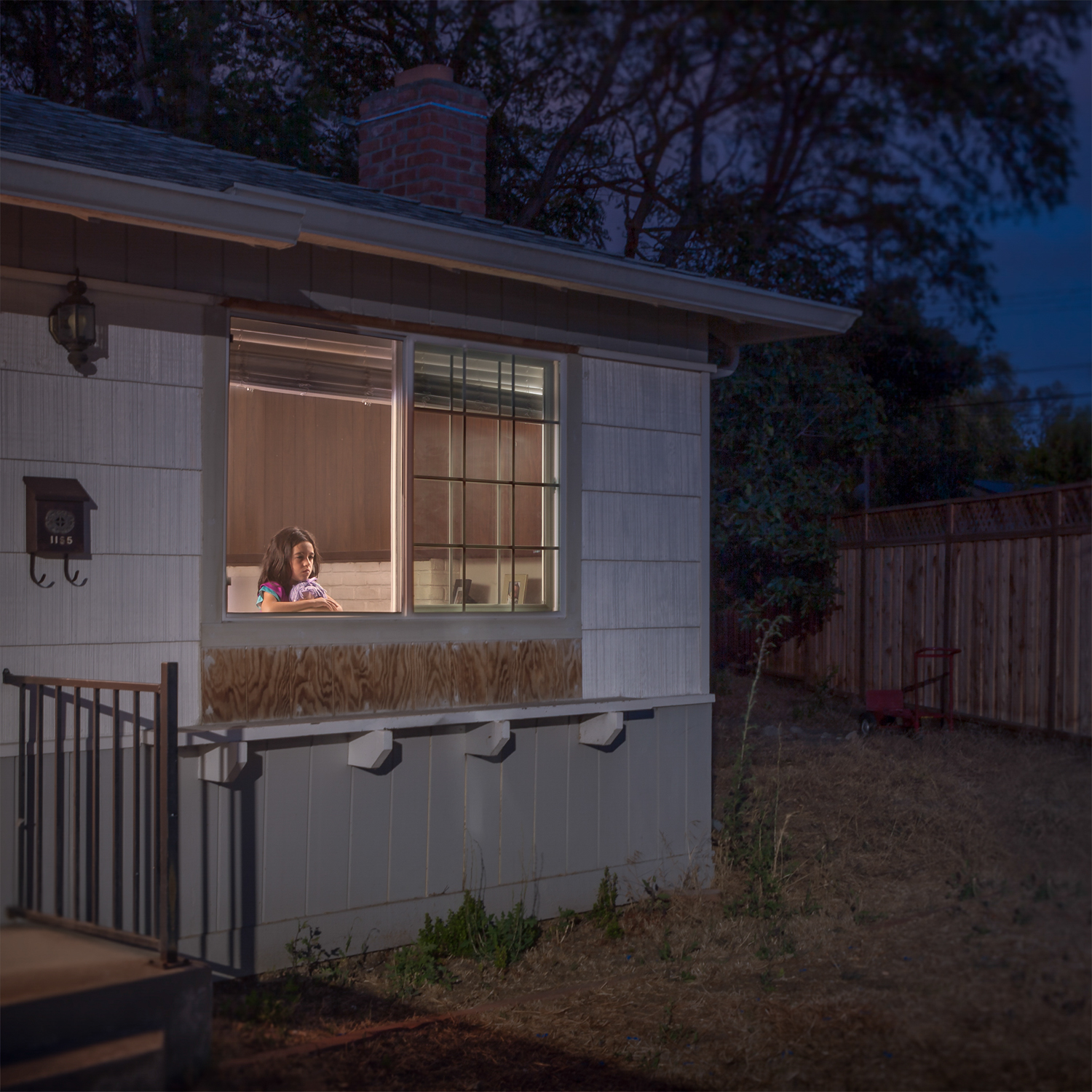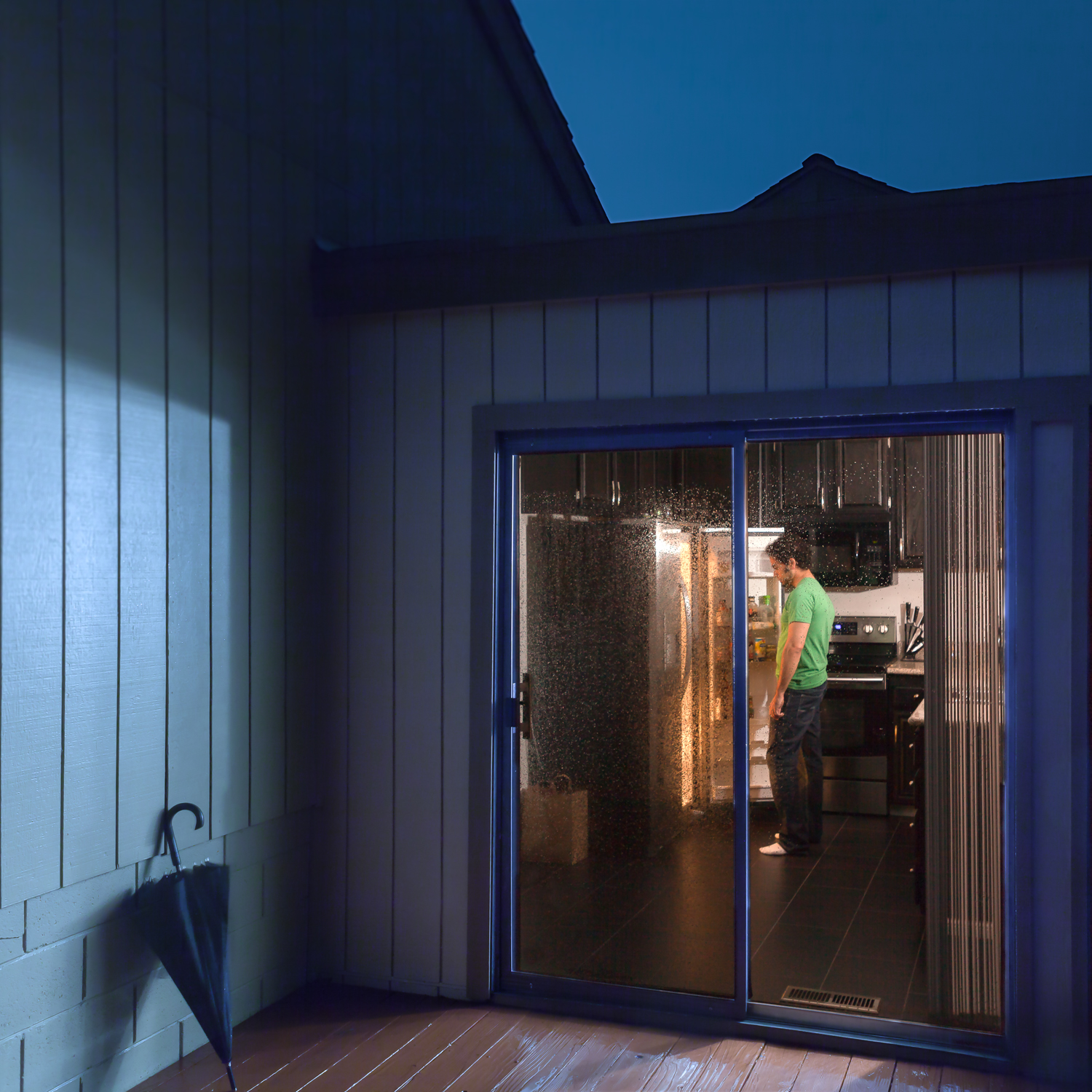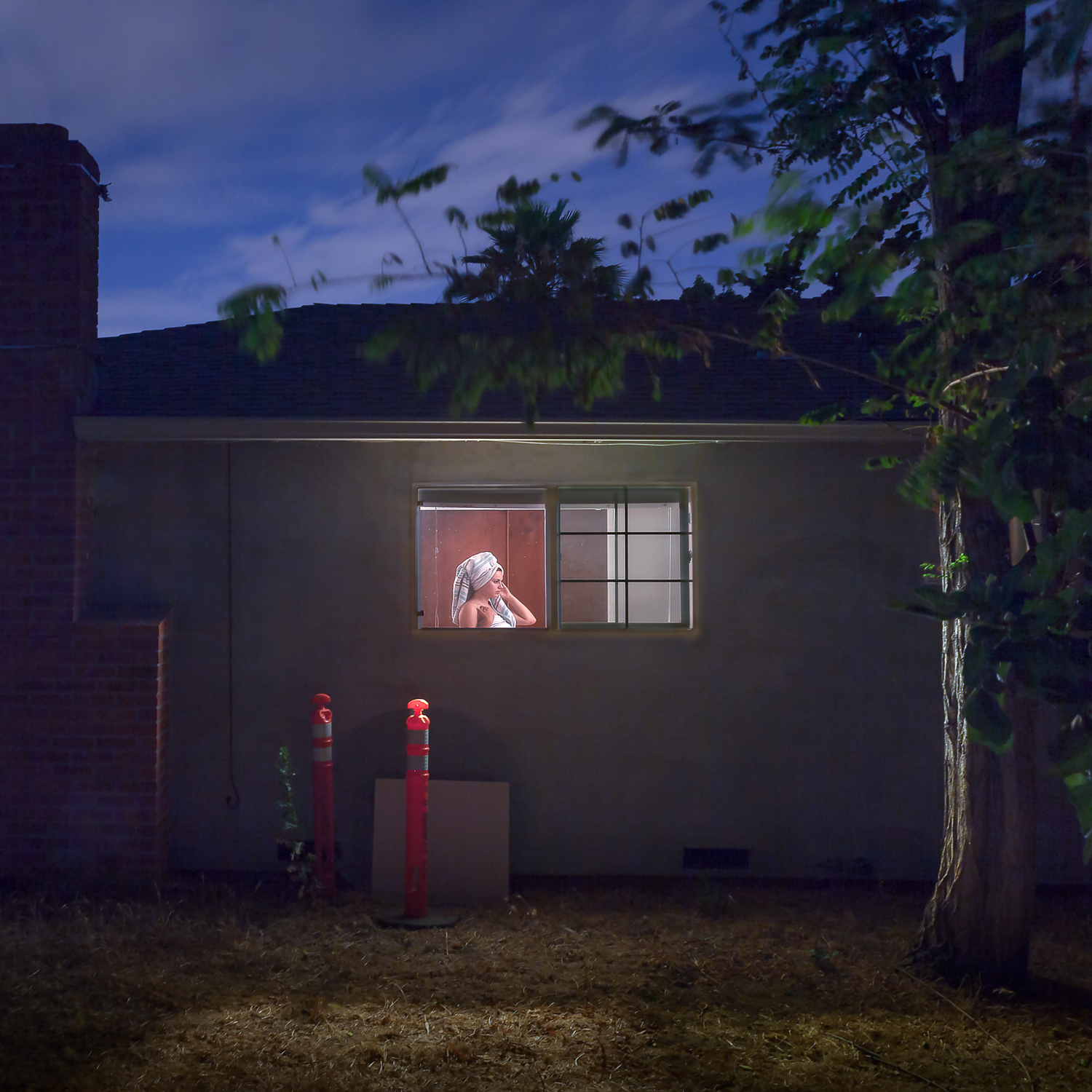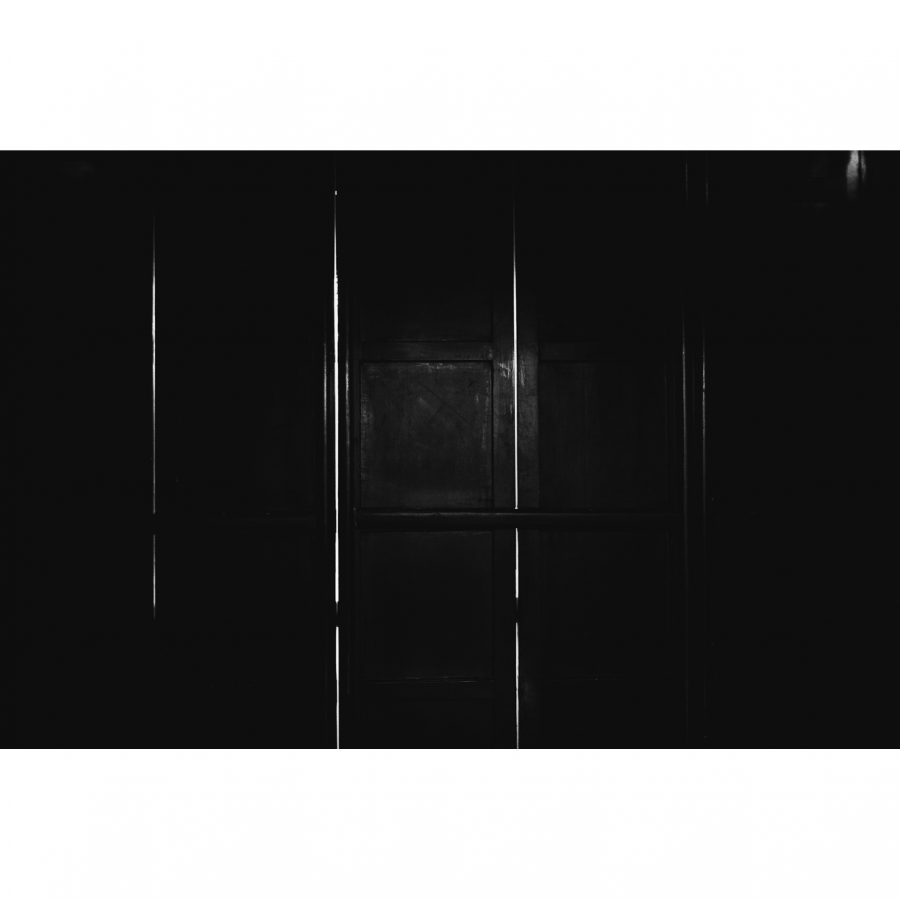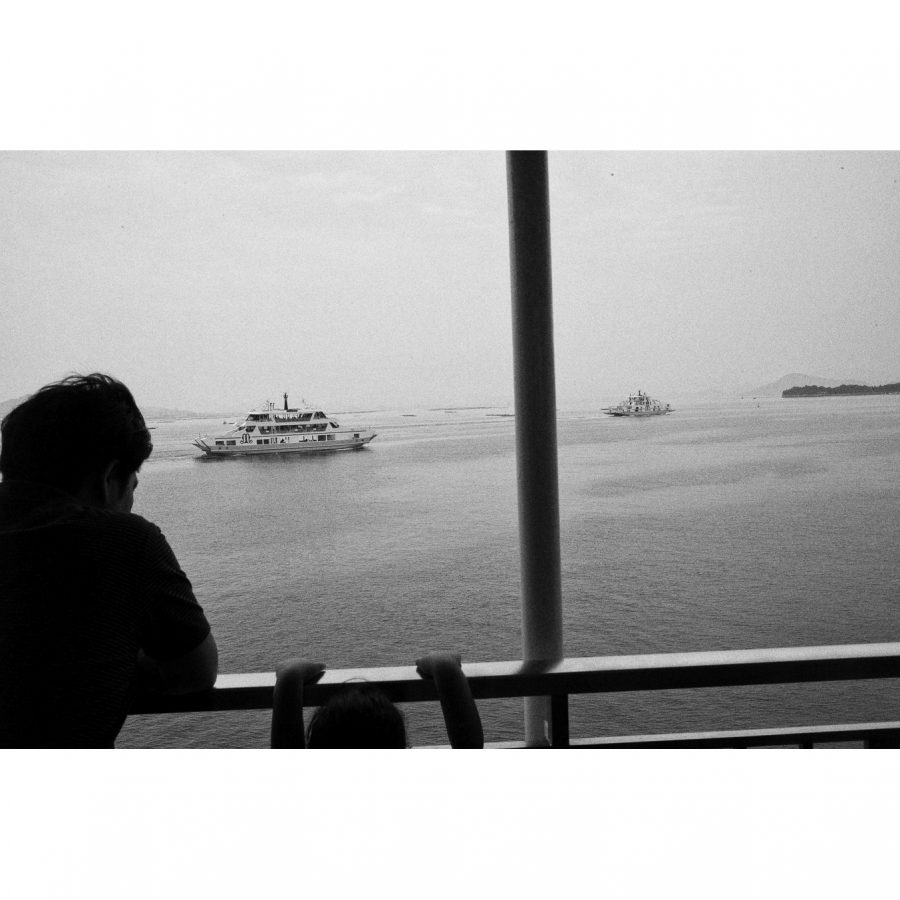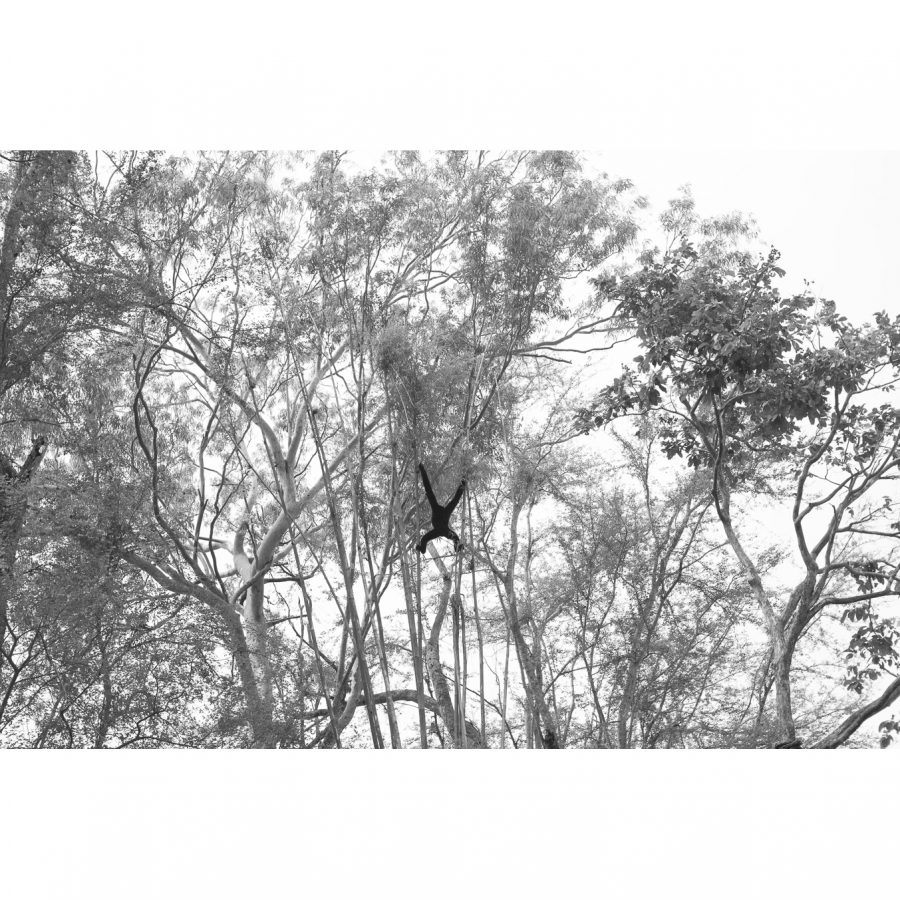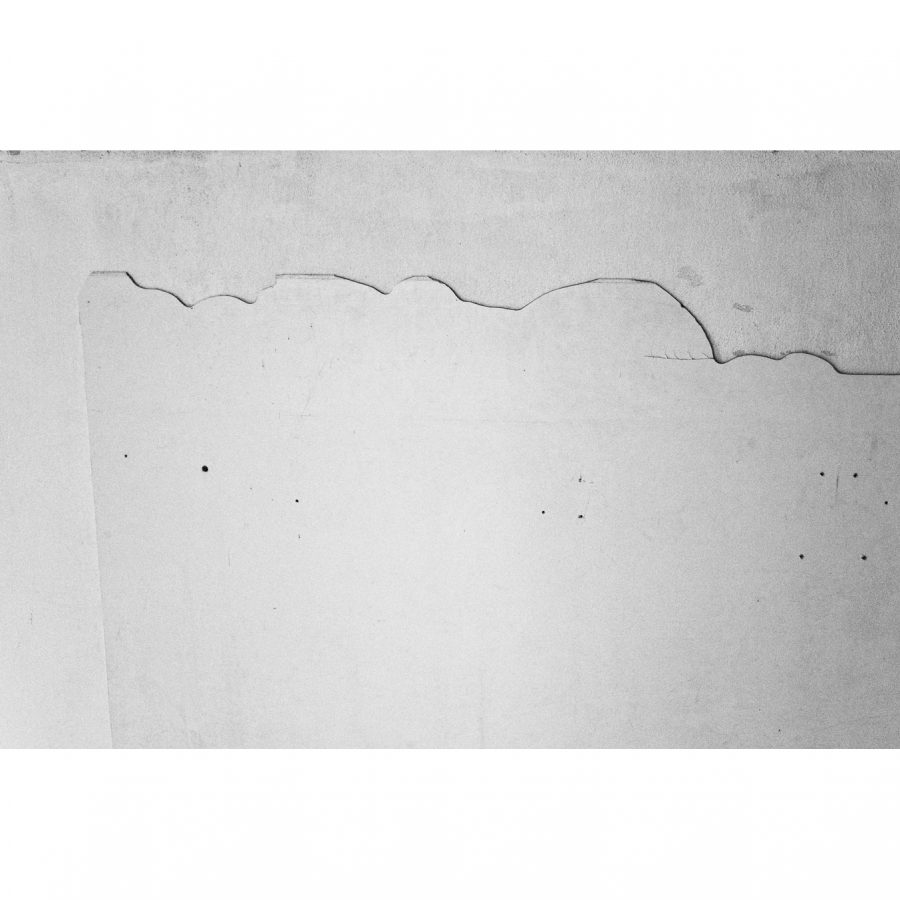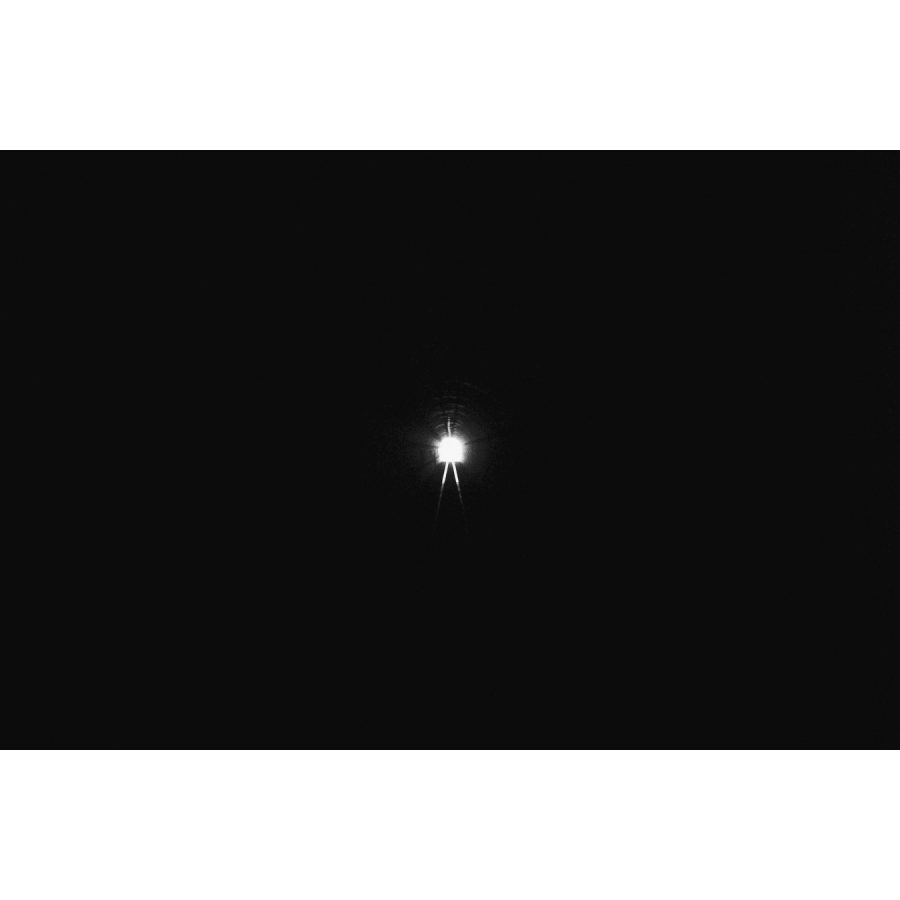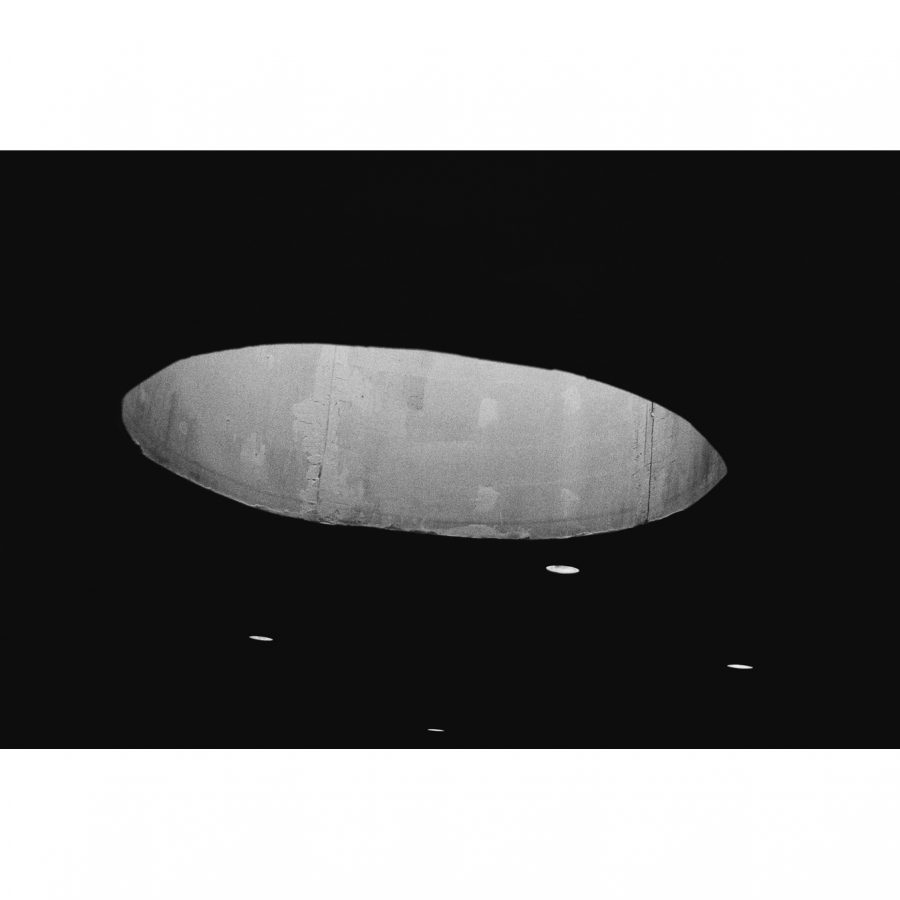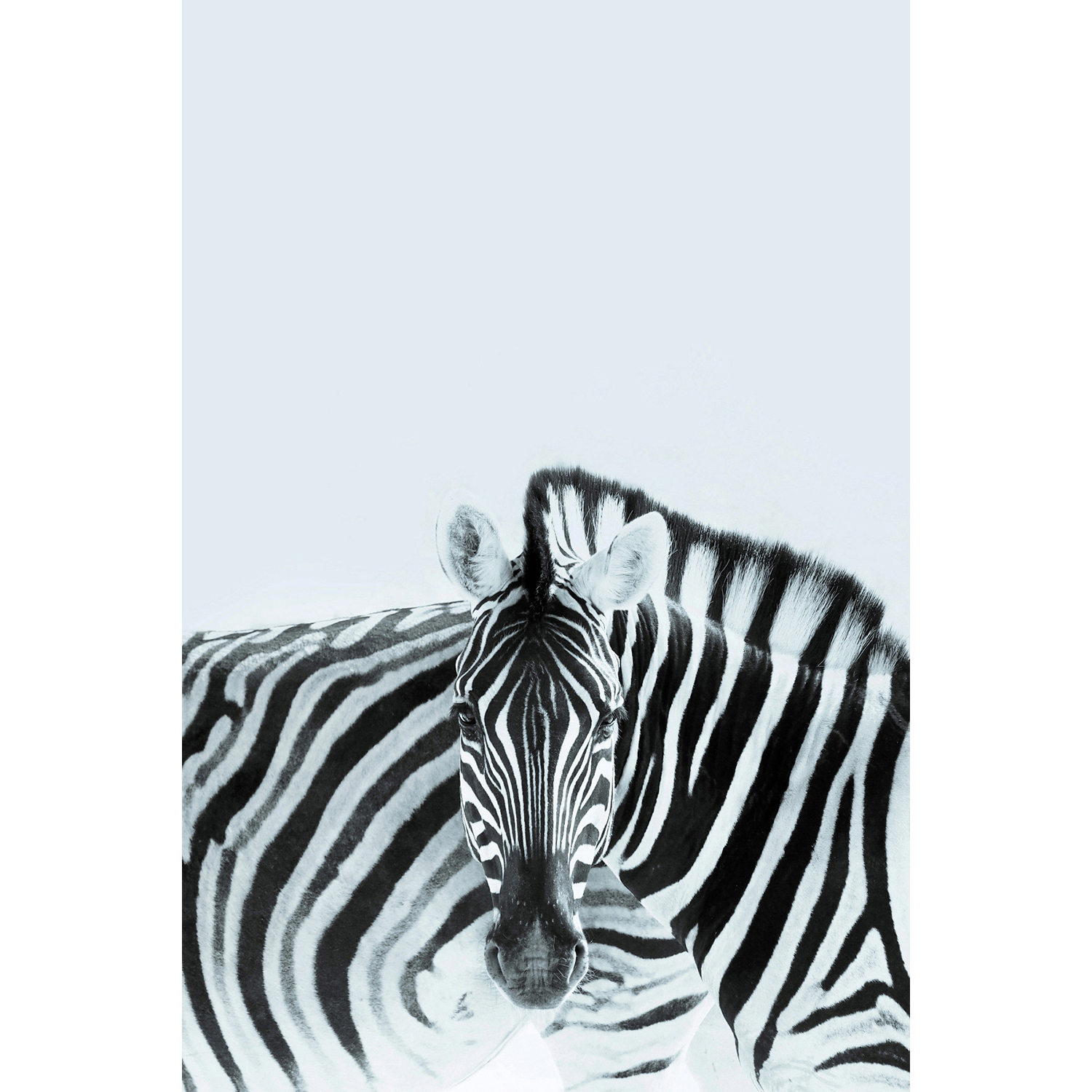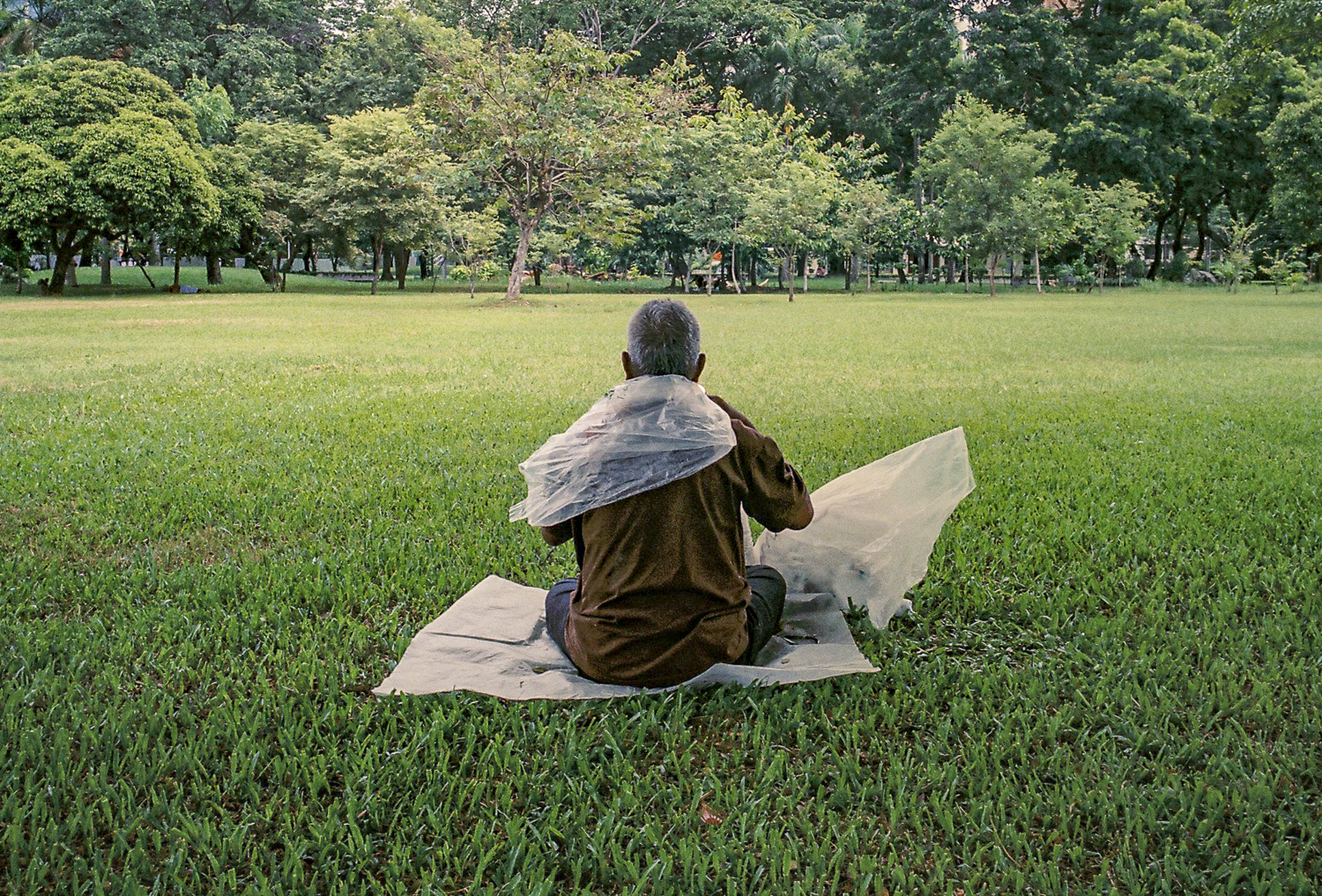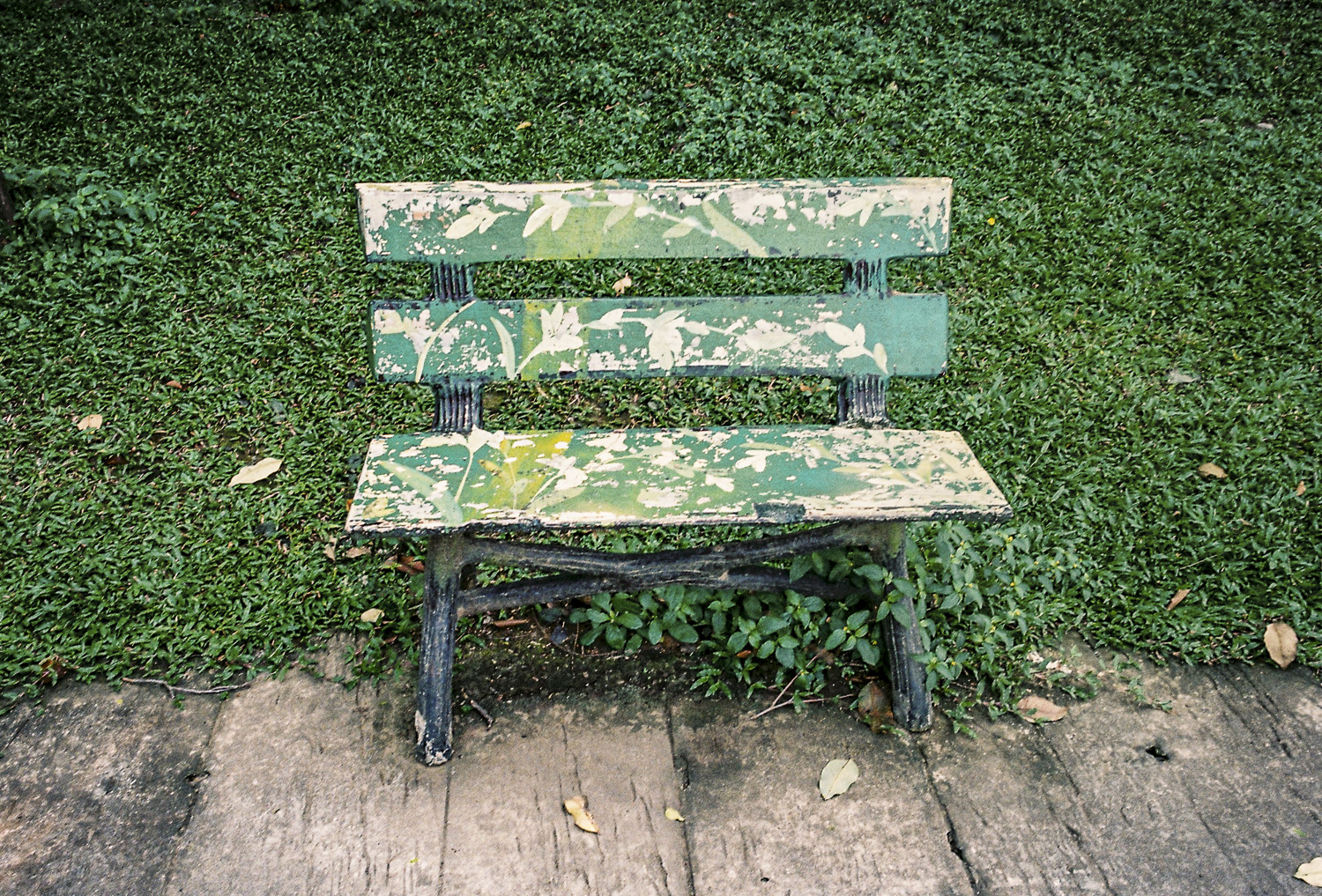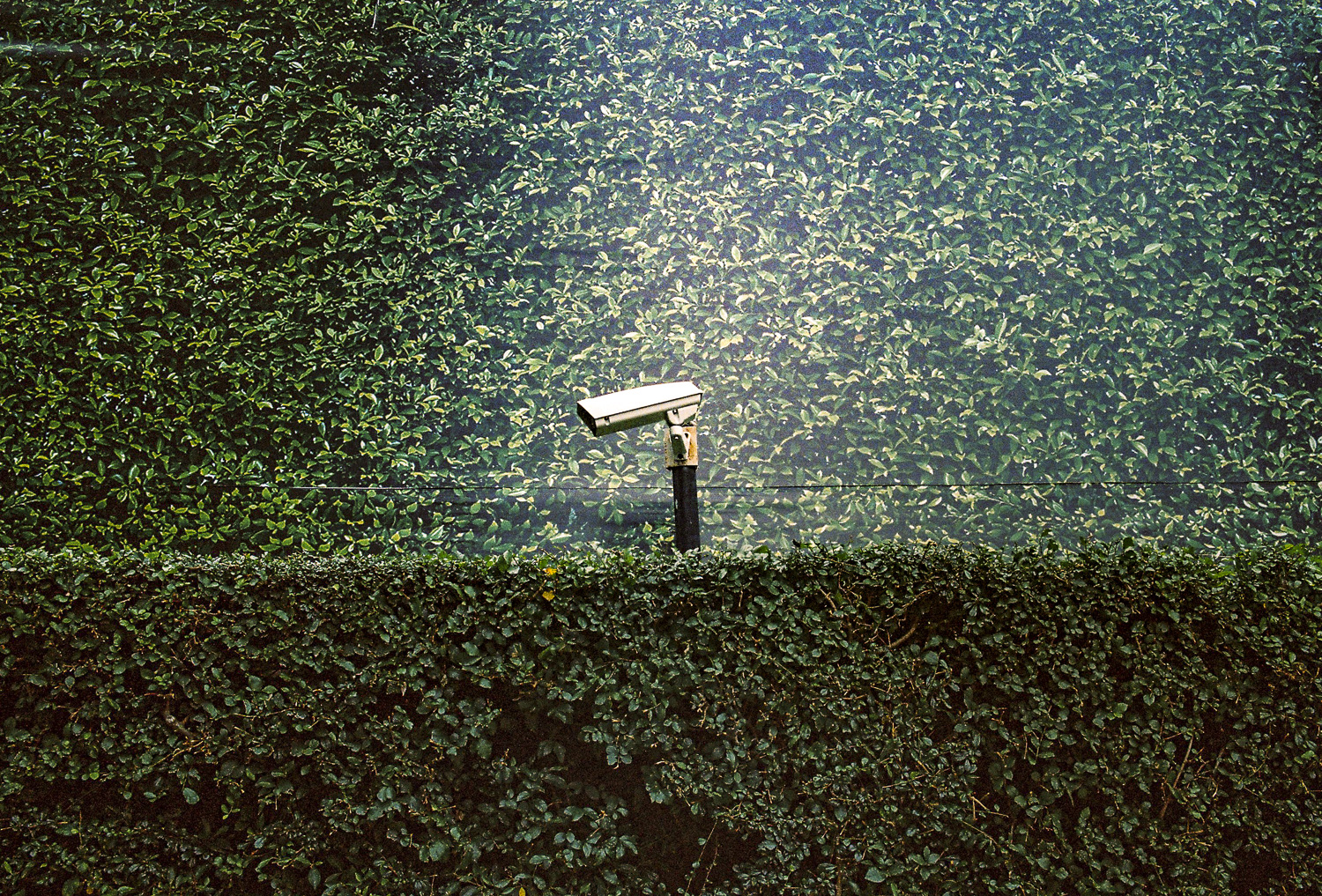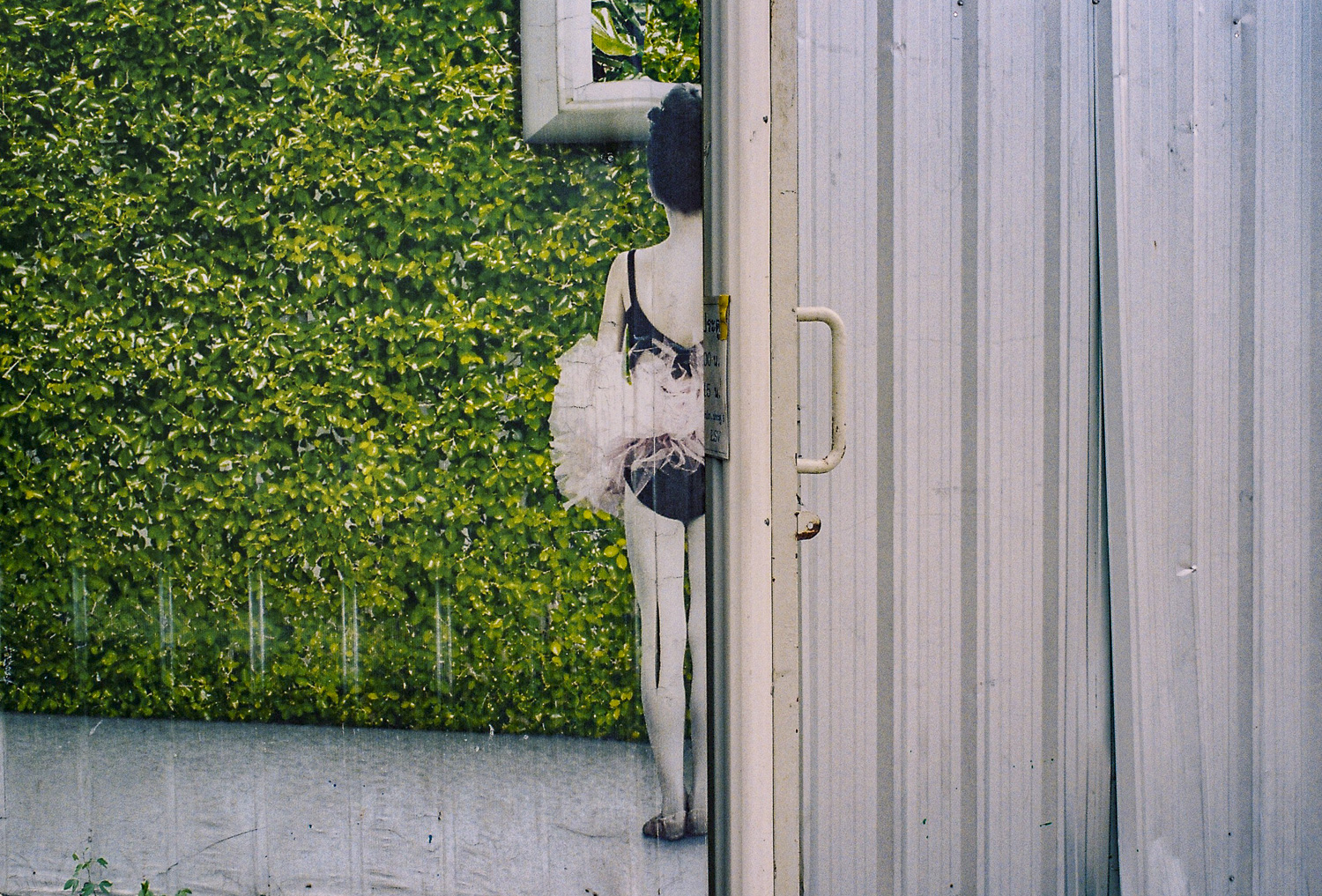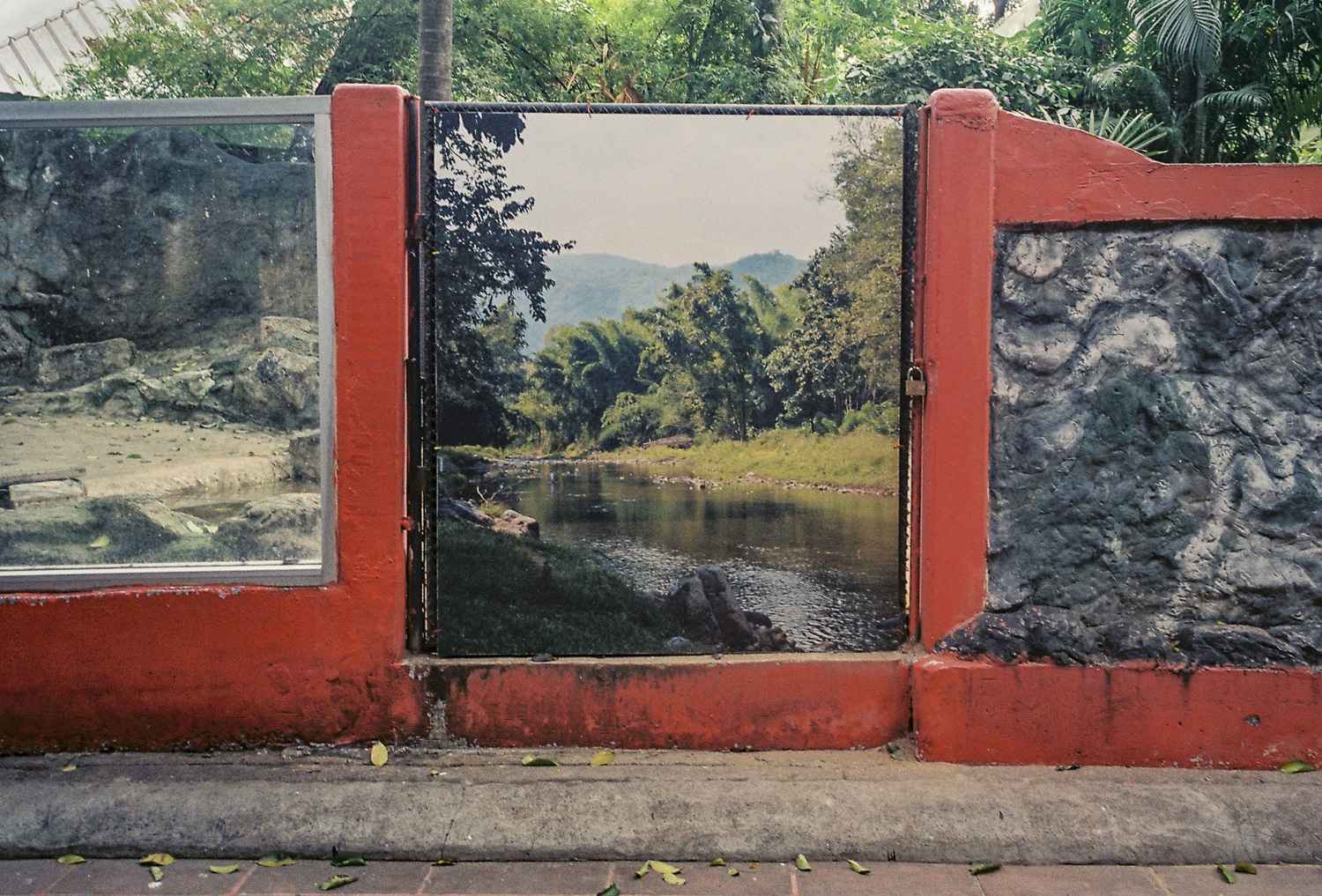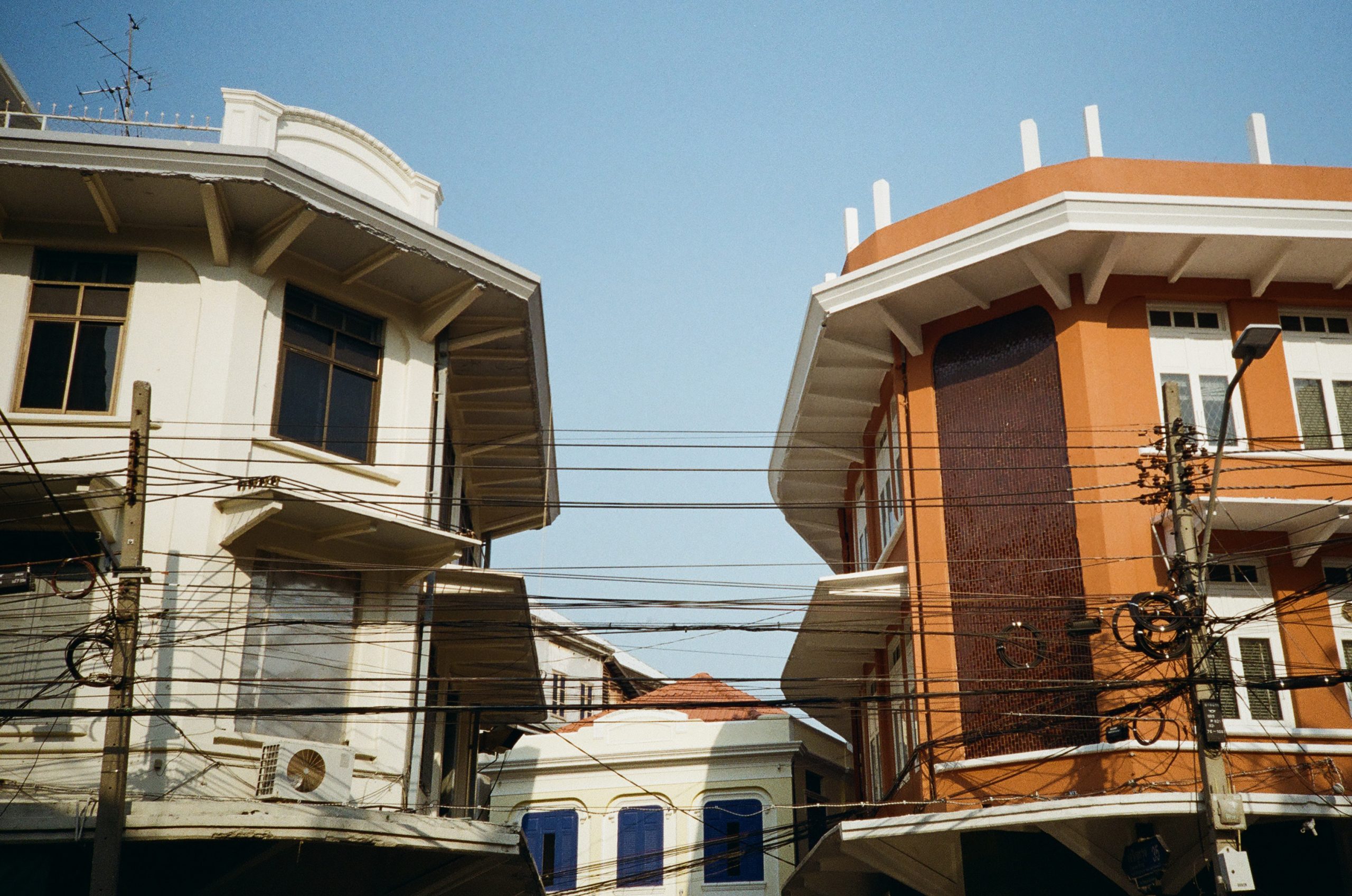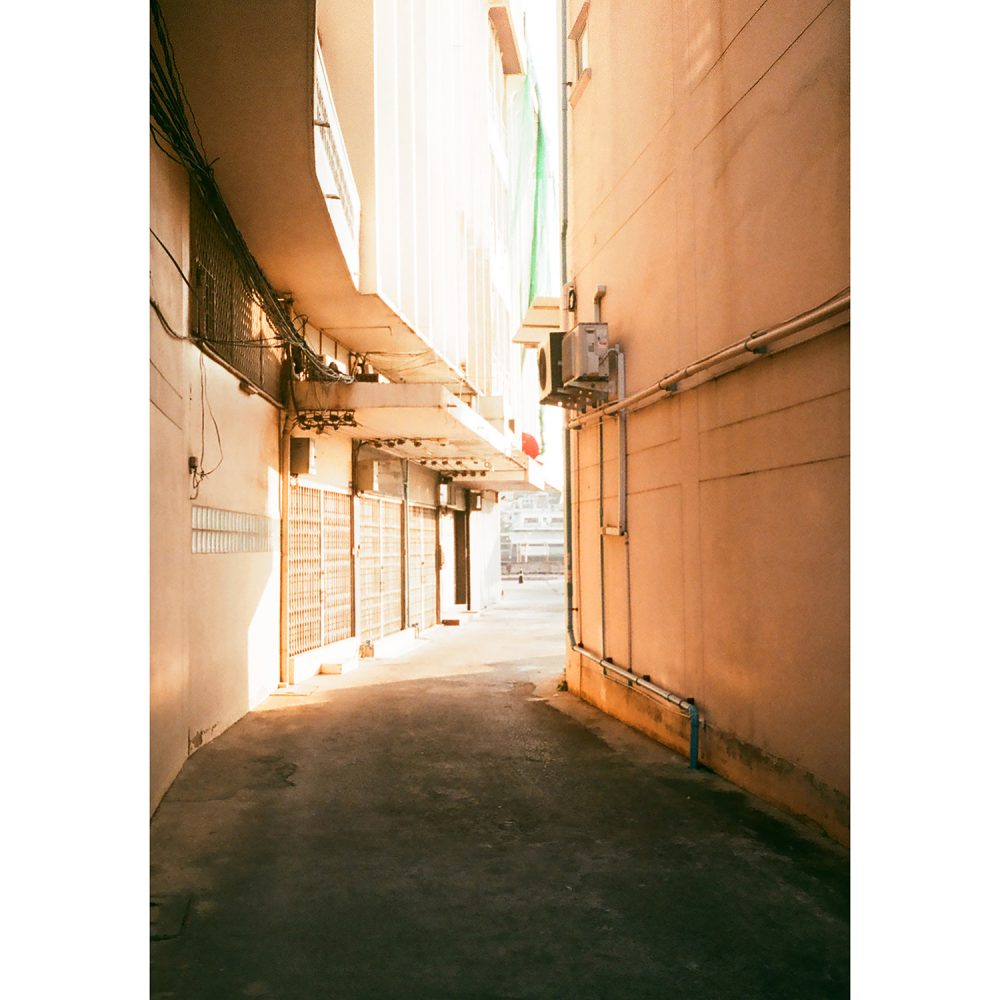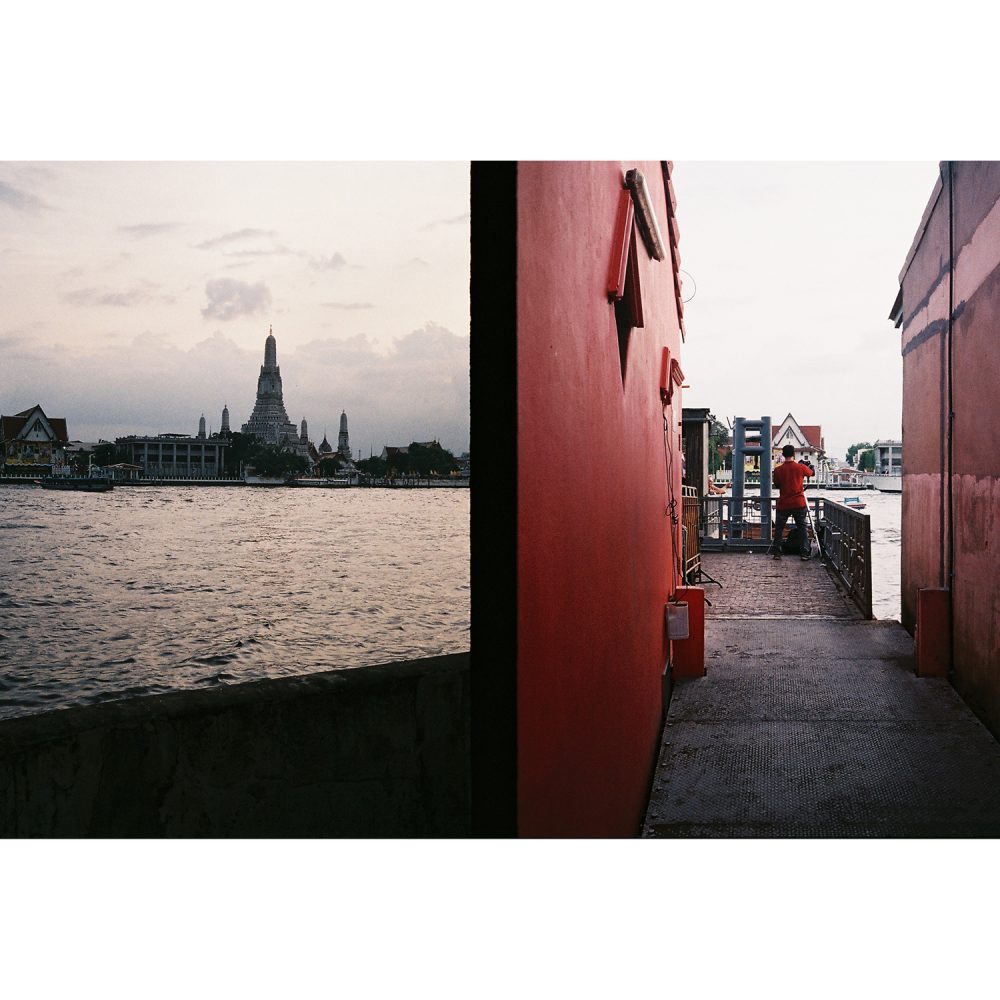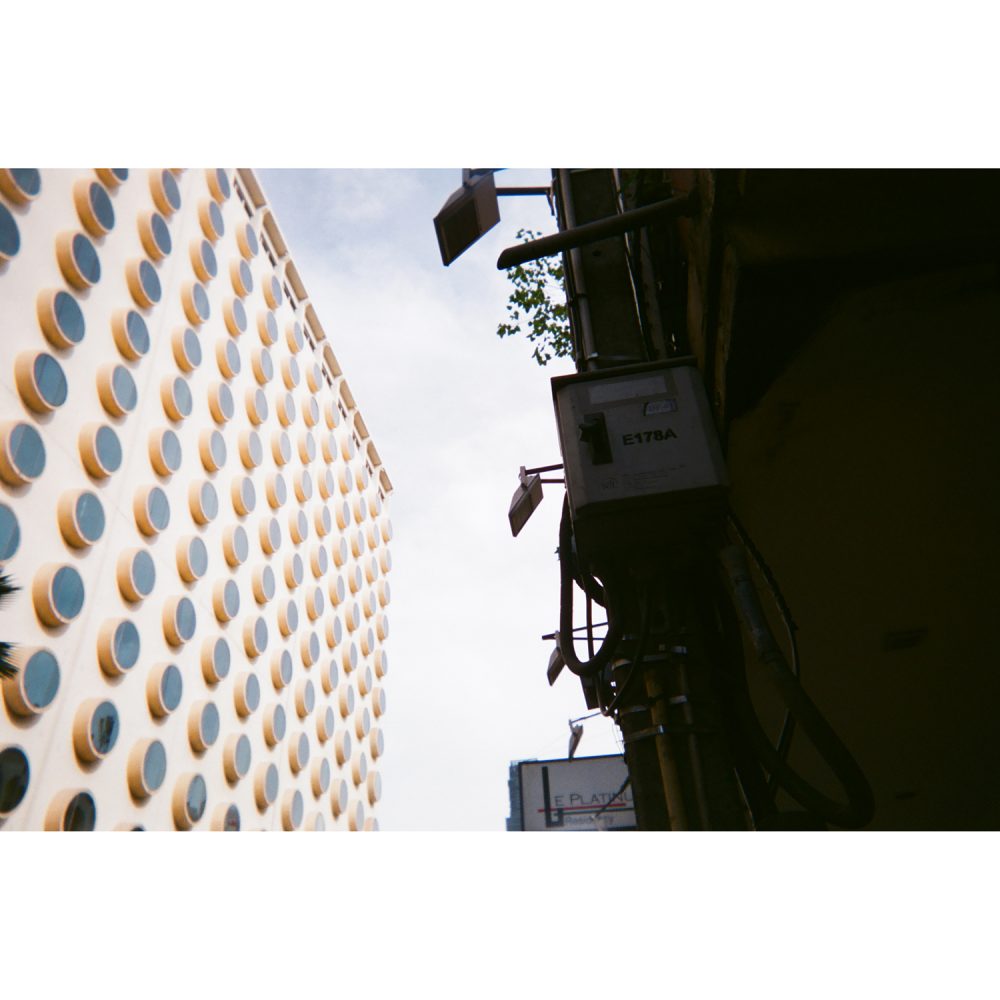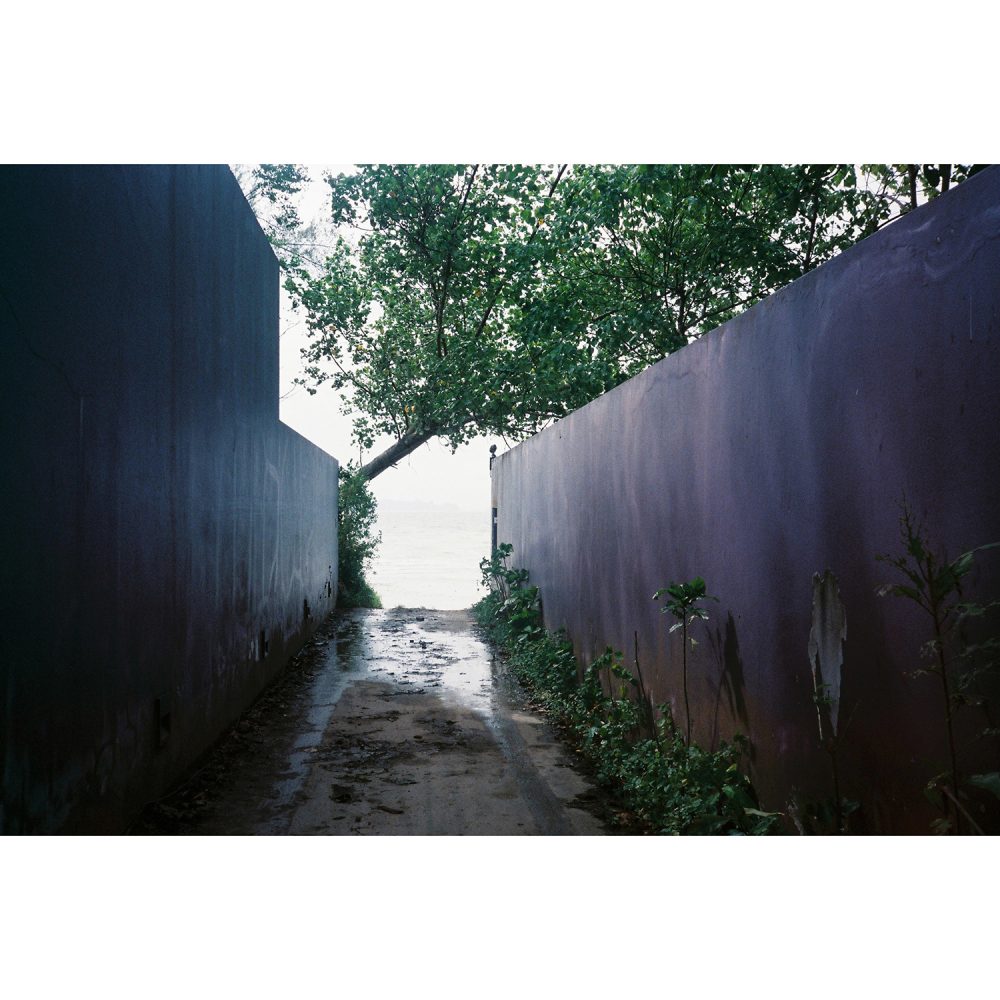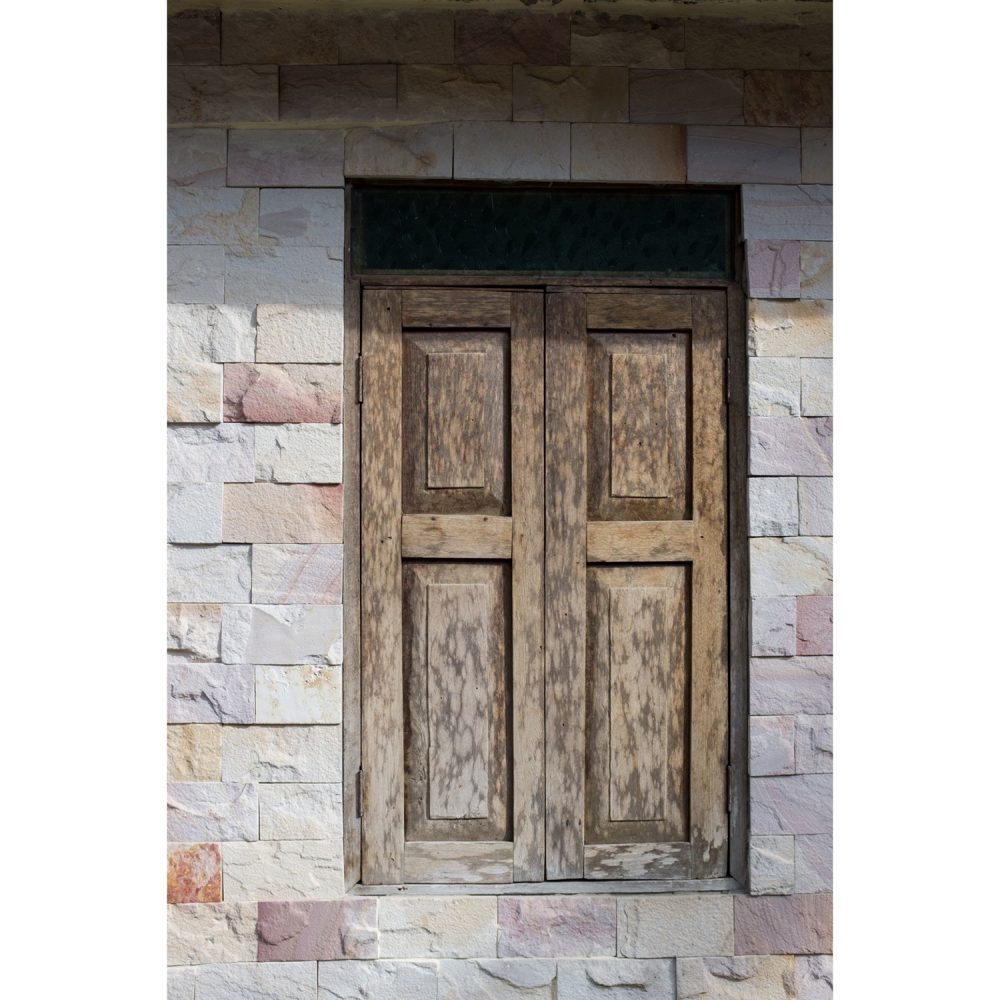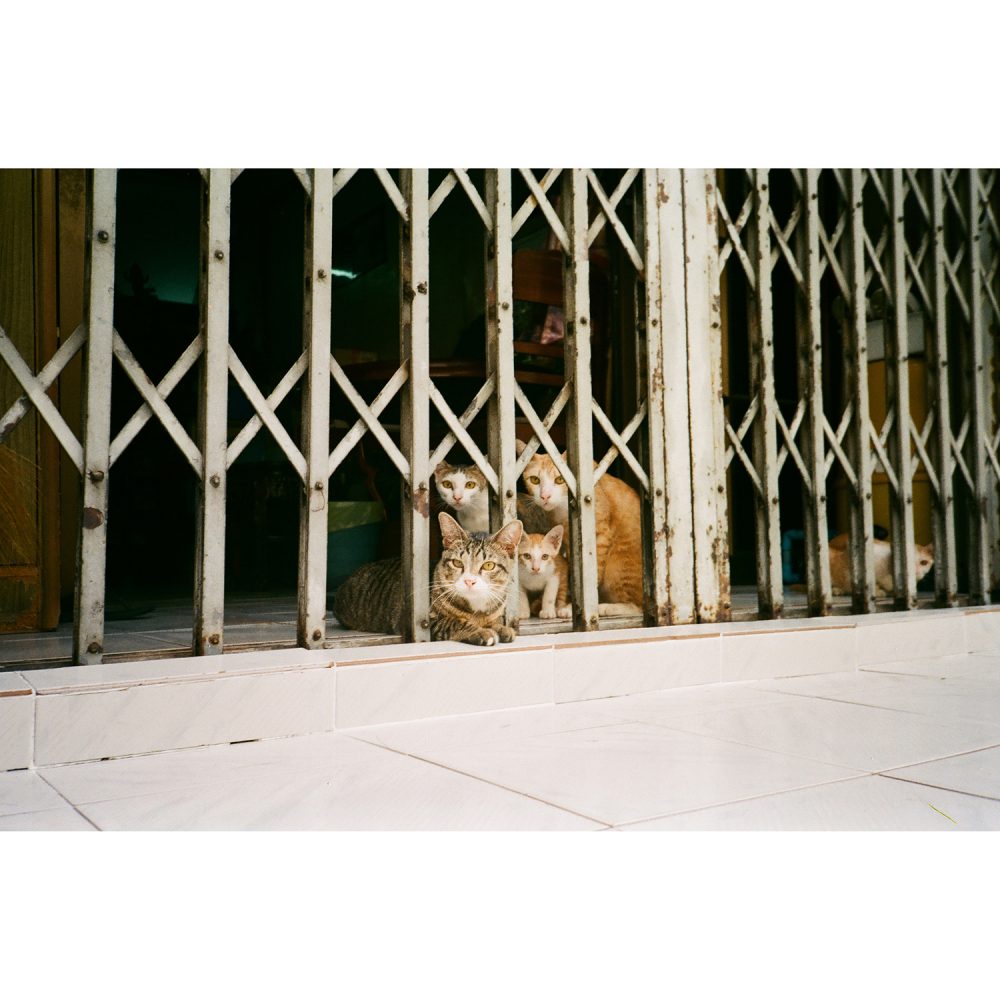TEXT & PHOTO: KUKKONG THIRATHOMRONGKIAT
(For Thai, press here)
‘Well’
The word suddenly surfaced as if it had been waiting on the tip of my tongue, biding its time. Actually, I have never dreamt of it, such as usually often seen from a character in mystery-thriller films. However, it can’t be denied that it has been a part of me growing up. At a time when my responsibility towards the world, or humanity, was minimal, at a place away from being civilised, a square brick wall, in the back garden size of one Rai and a bit, under law of reciprocal proportion. A very simple law, just as the rising and falling of the sun, I spent my seemingly neverending time on creating and destroying every single matters therein existed in order to create something for time itself to feed on, and pound them to pieces at the first warning of the expansion beyond this boundary.
Under law of reciprocal proportion….A very simple law, just as the rising and falling of the sun.
An underground water well with diametre of 90cm was situated right in the middle of this back garden. The opening of the well was sealed shut with a couple wooden planks and corrugated metal sheets. A metal pipe connected to the pipe dipped down, its end disappeared into the darkness. And when light failed to penetrate through, its depth appeared, clear as days. I crouched, reduce my volume, refining my breath, and when everything miniaturise to a suitable dimension, I would slip myself through the opening in the well’s cover, staying there 4-5 days at the least. Or if luck would have it, I could stay in there for months, before feeling of confinement assaulted unprovoked….one must not forget that no matter how small I could resize myself to, but my perceptions stays all the while the same as before.
Under law of reciprocal proportion….A very simple law, just as the rising and falling of this sun.
Many learnt it, some accept it, and yet many more never learn to accept it. They try to modify, or twist it and take it in within the condition of time, or even ordain themselves as the rulemaker…
In a place where red exists but can not appear, the sun and the moon alternate their turn shining brightly but never quite reach. Under solitude, I couldn’t help but think that in that place, we may be exempted.
*These photos are part of “Eastern Song”. They are dedicated to lost souls or those that are restless, in the internal well, and yearning for freedom and equality in the idealistic world.
_____________
Kukkong Thirathomrongkiat (b. 1983) holds a Bachelor of Architecture (Chulalongkorn University). An architect and freelance photographer, he has just launched a new publication “Window Magazine”.
fb.com/kukkong.th





